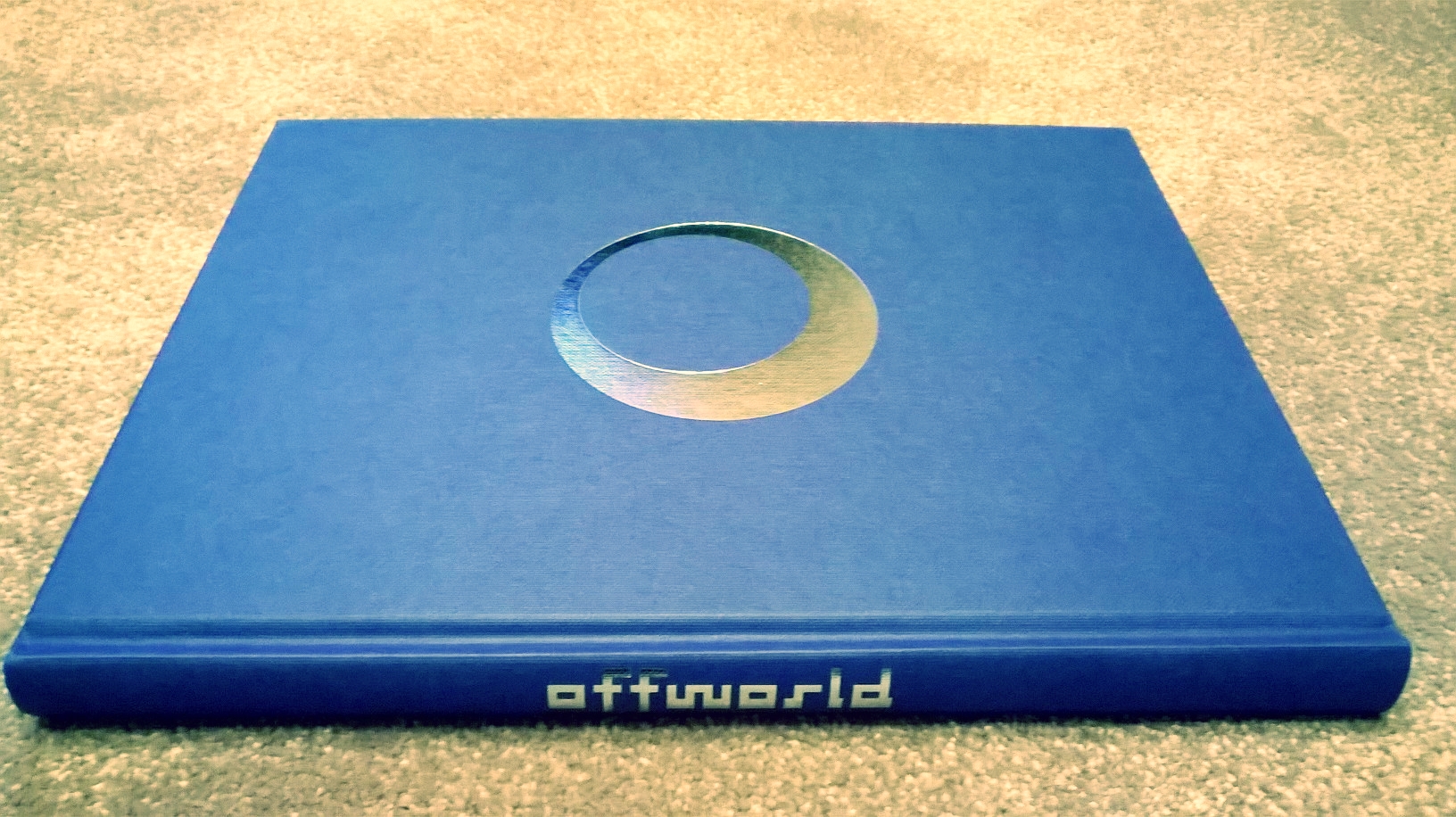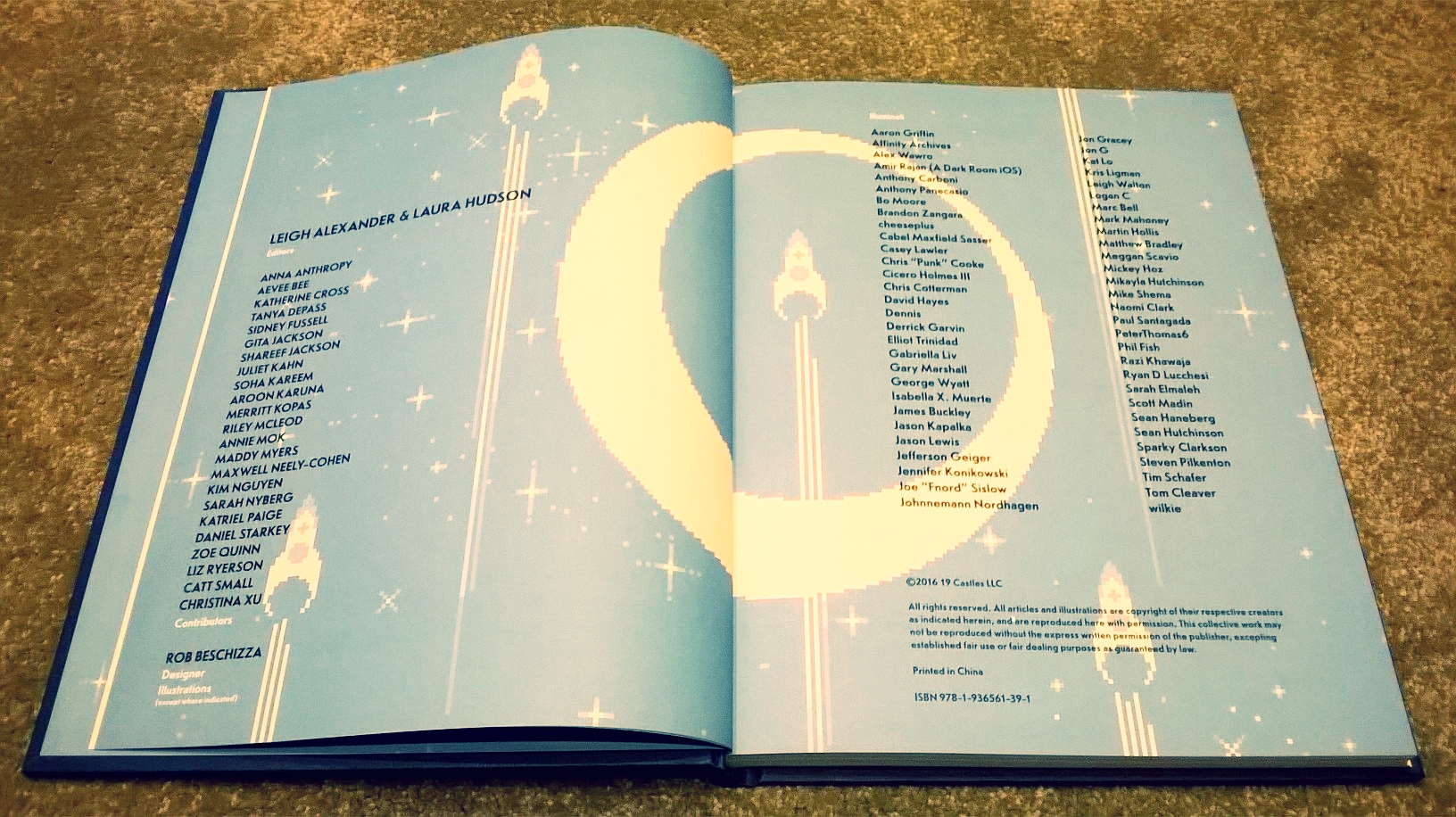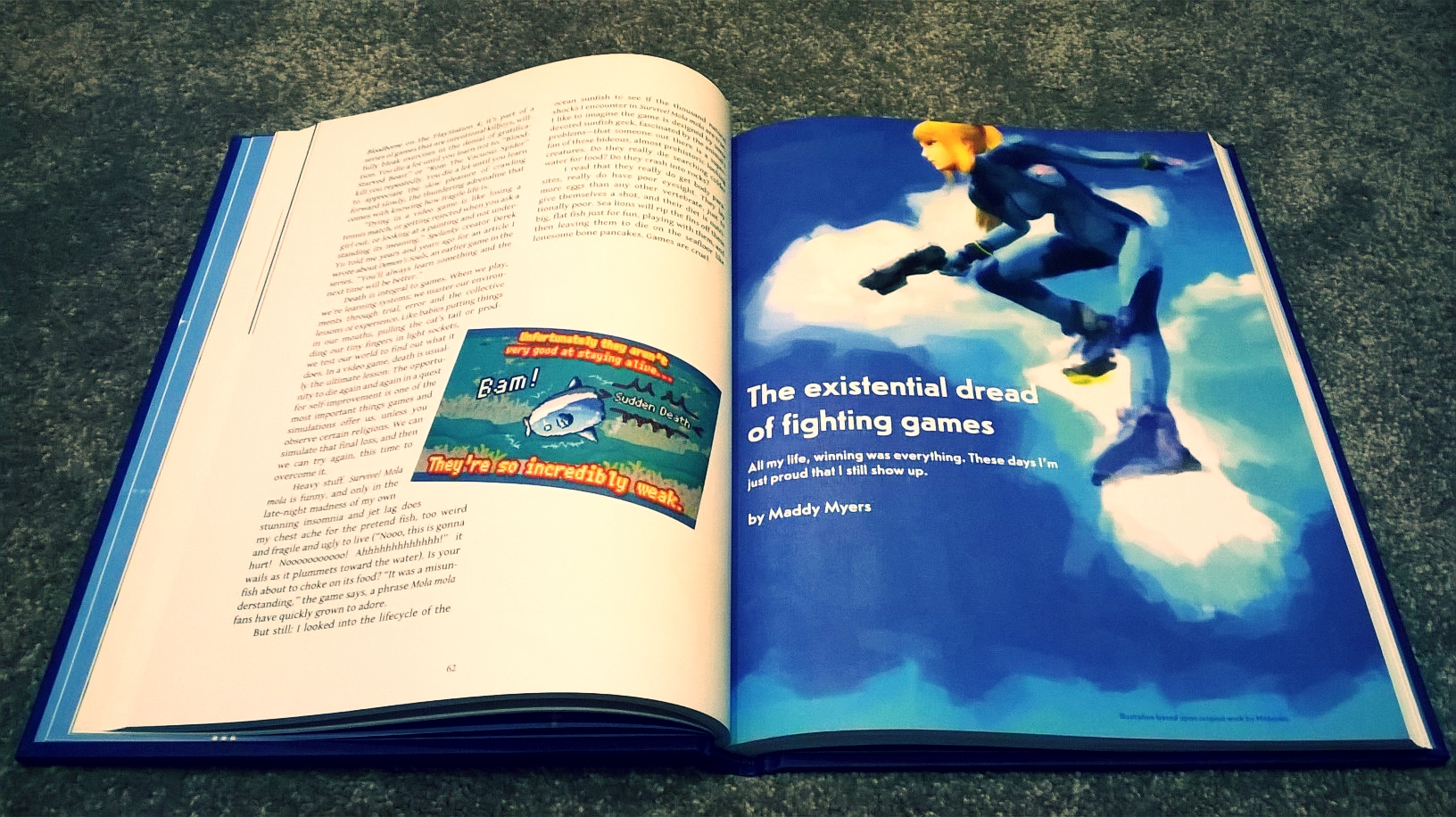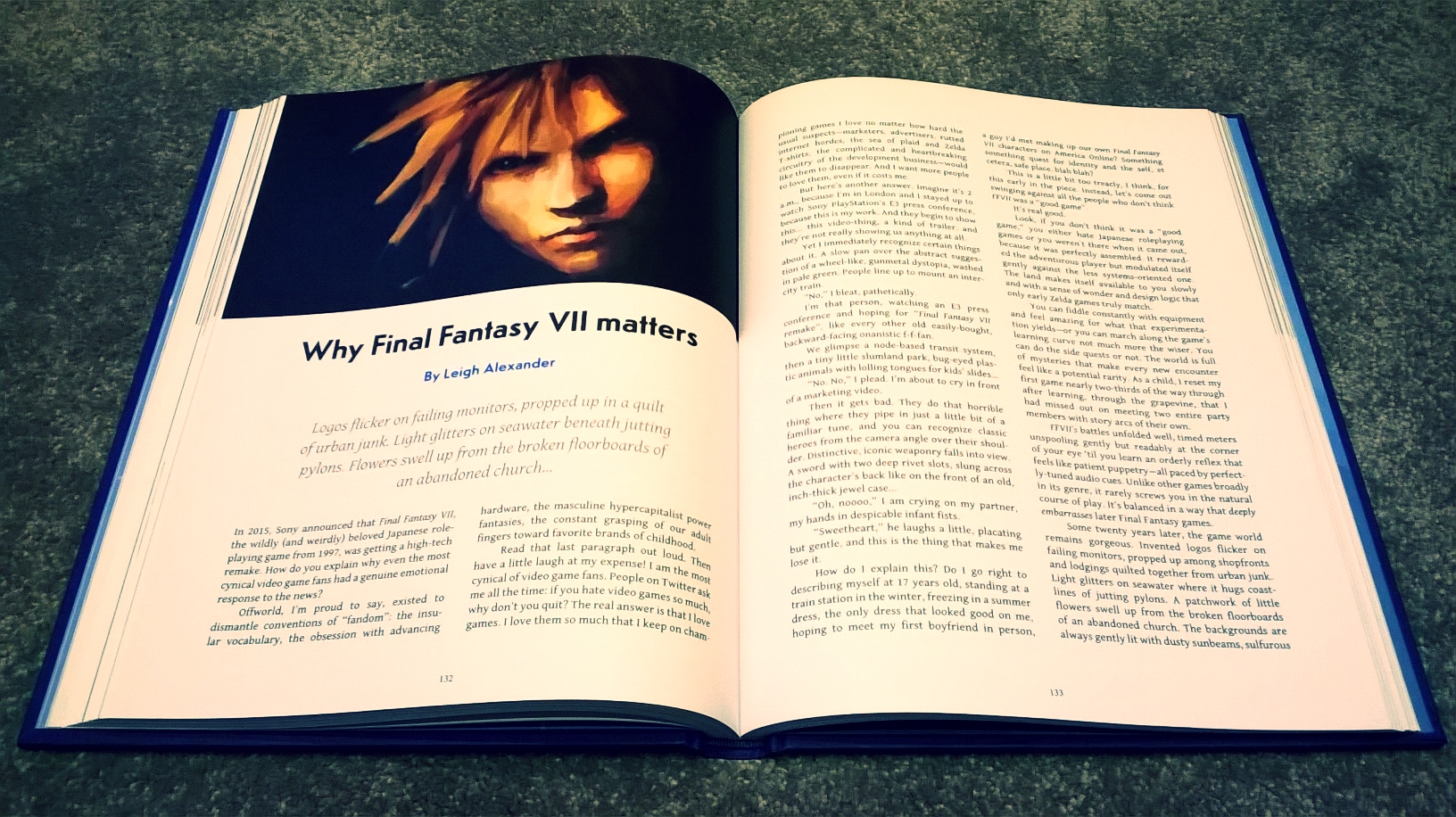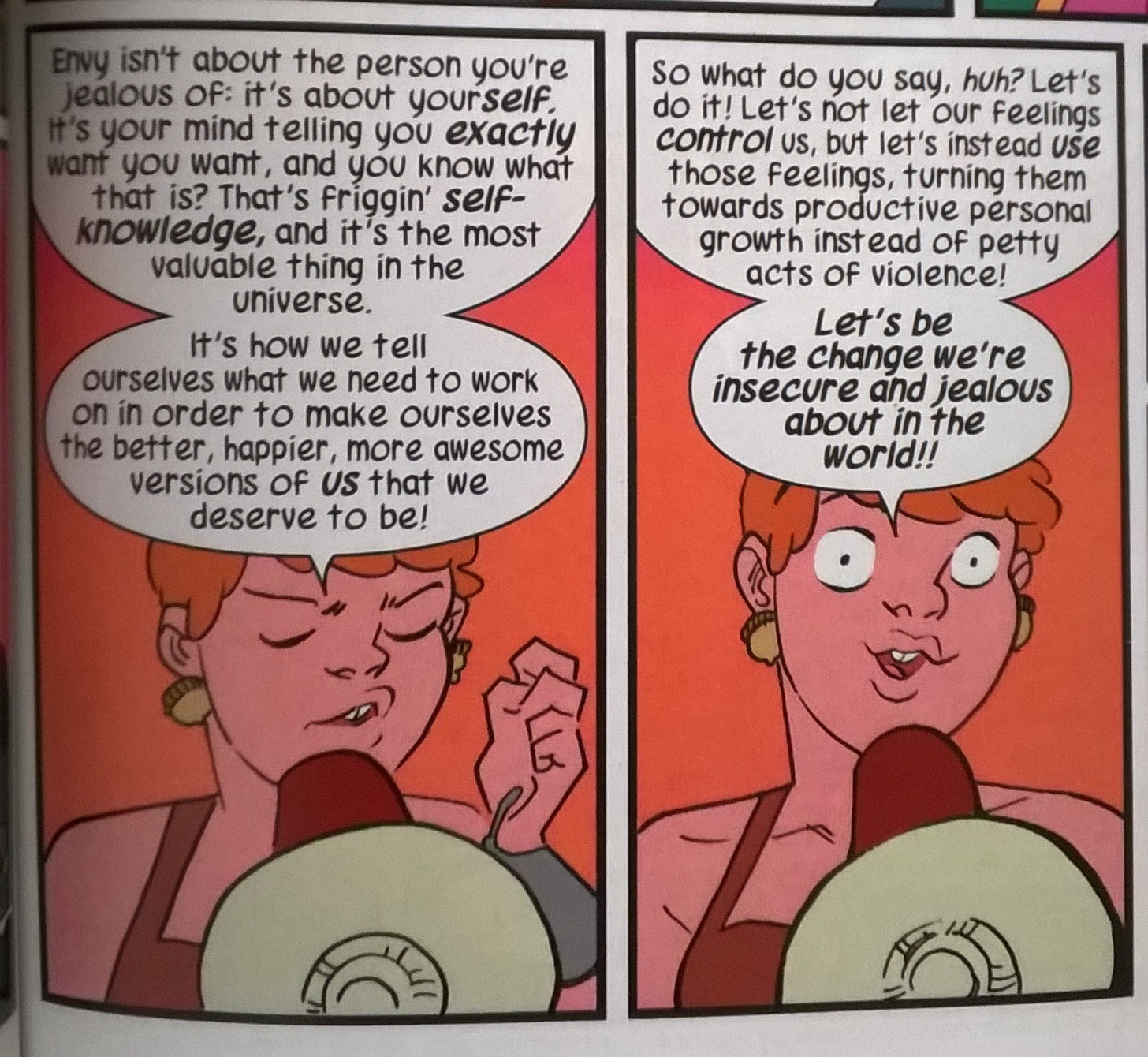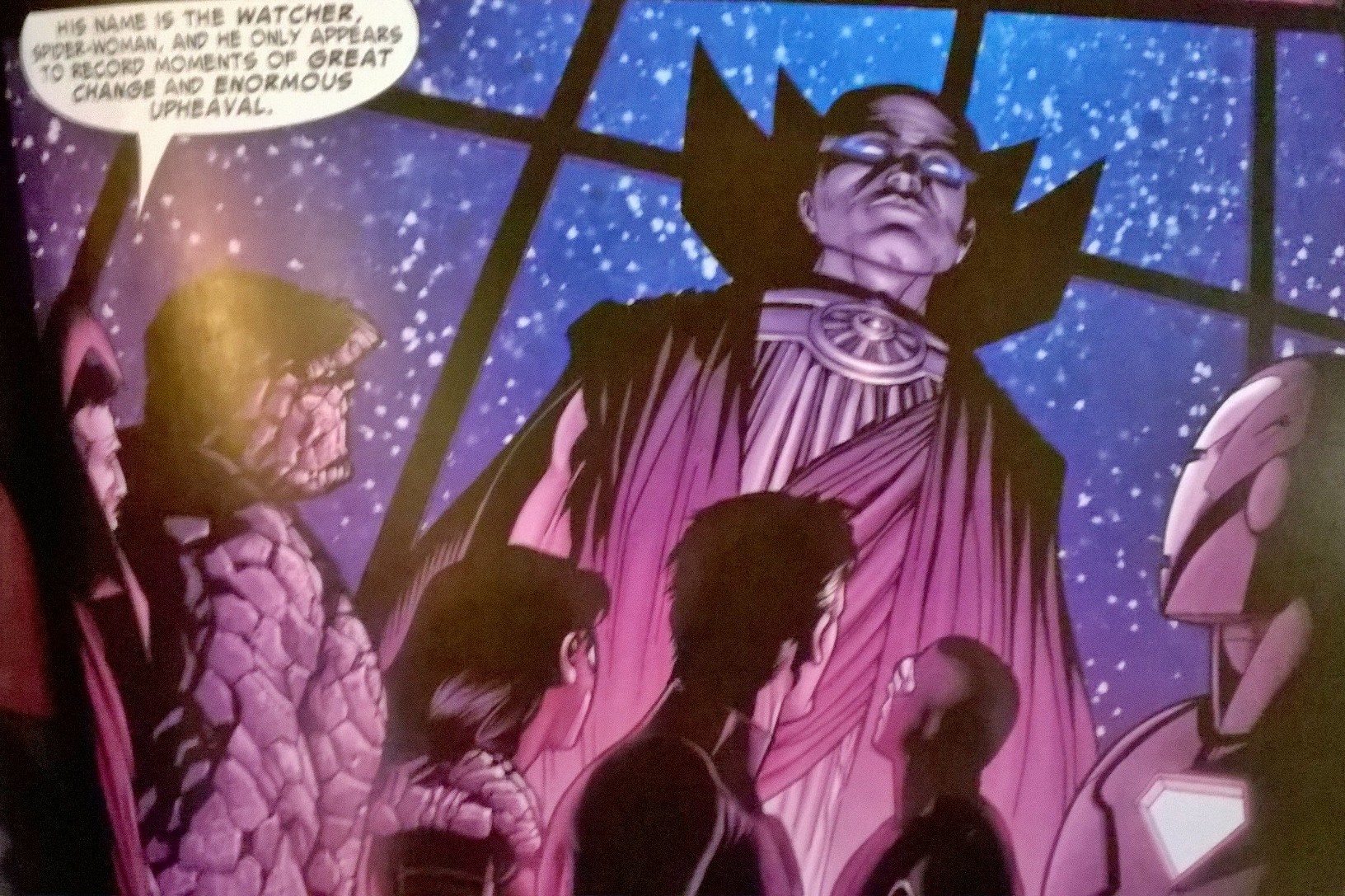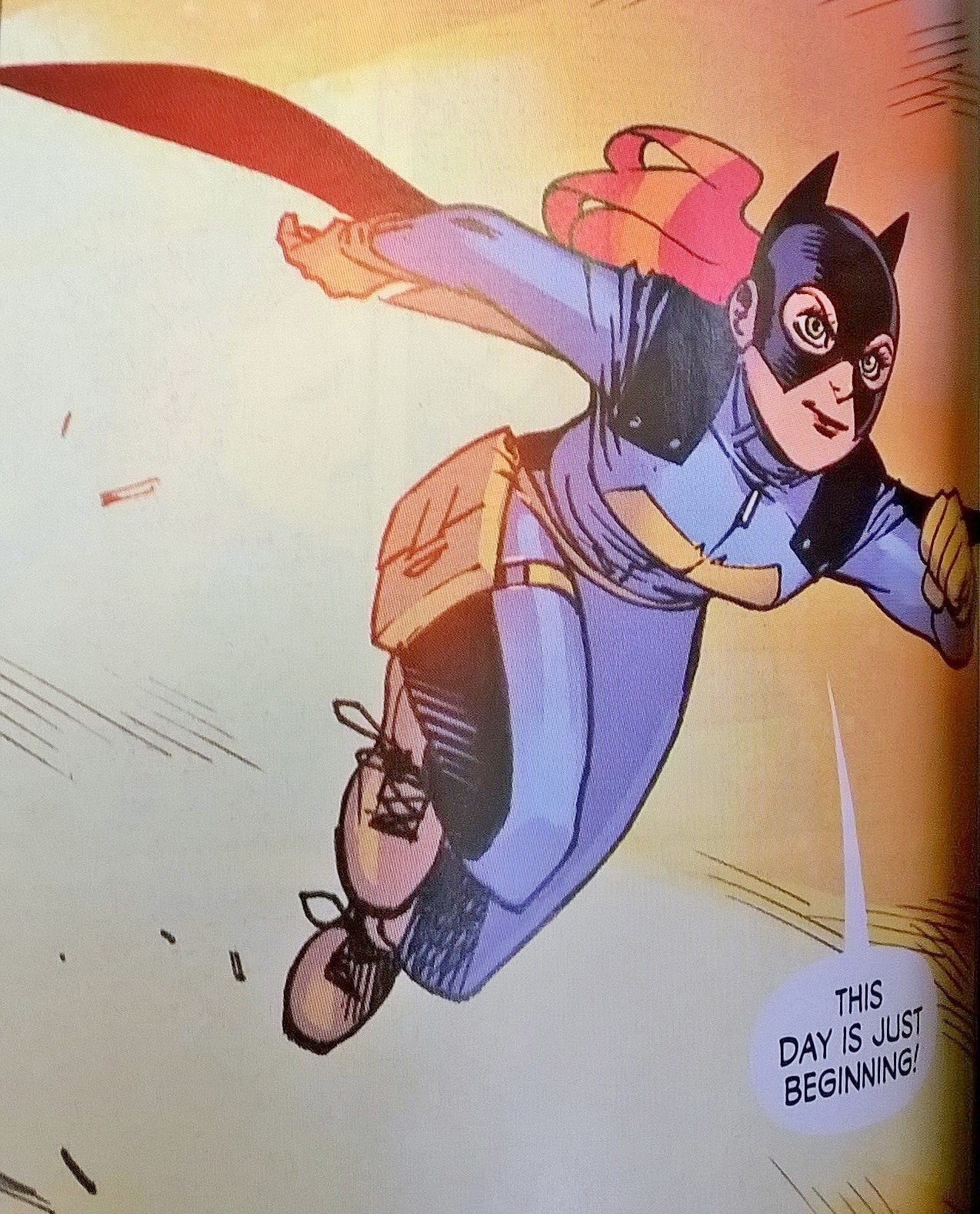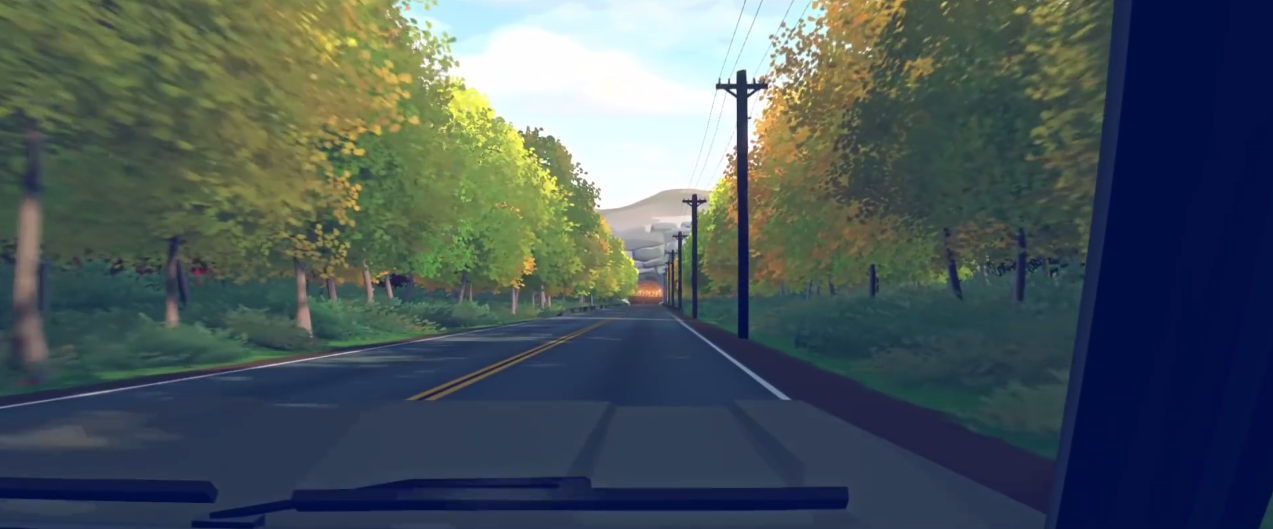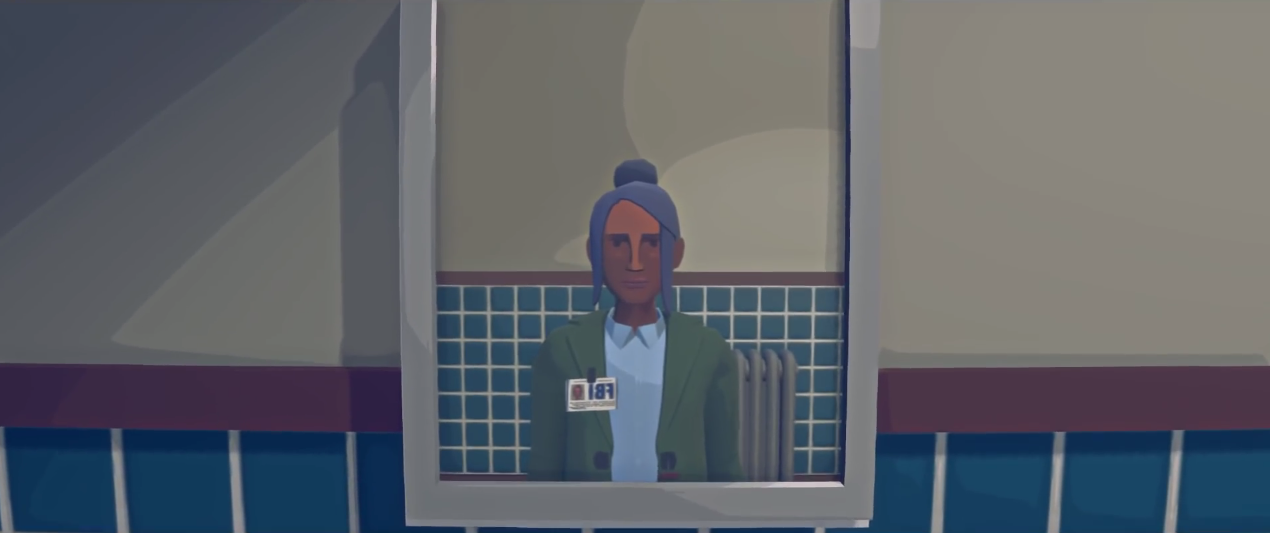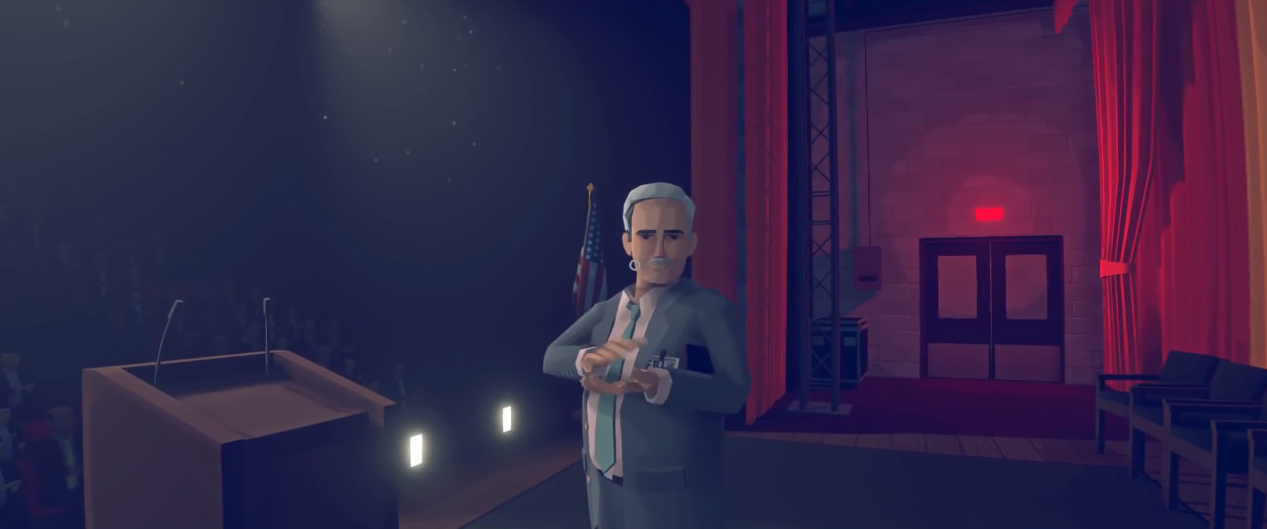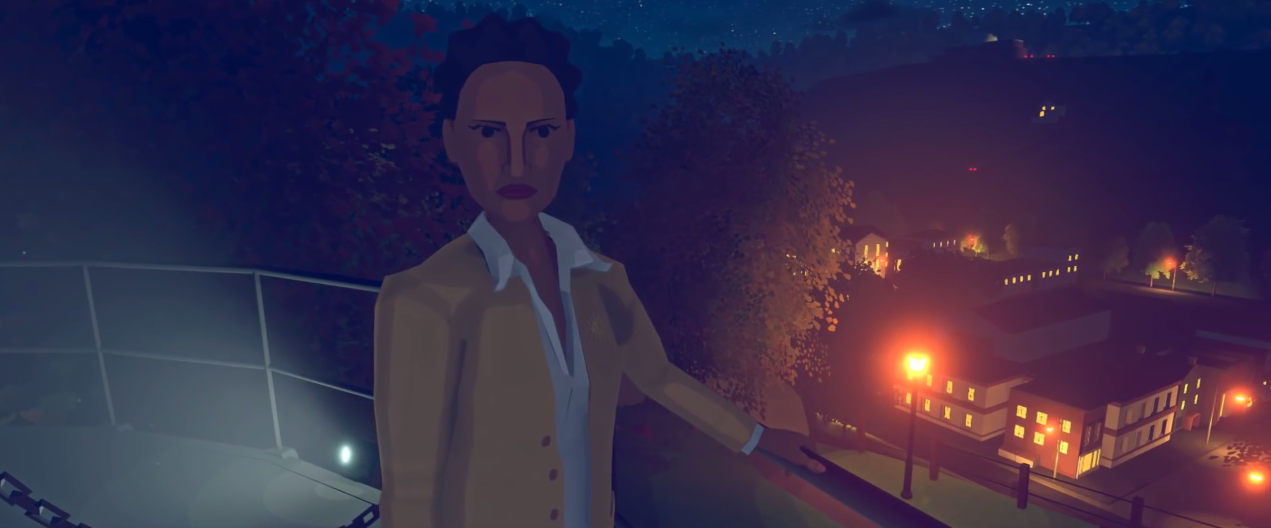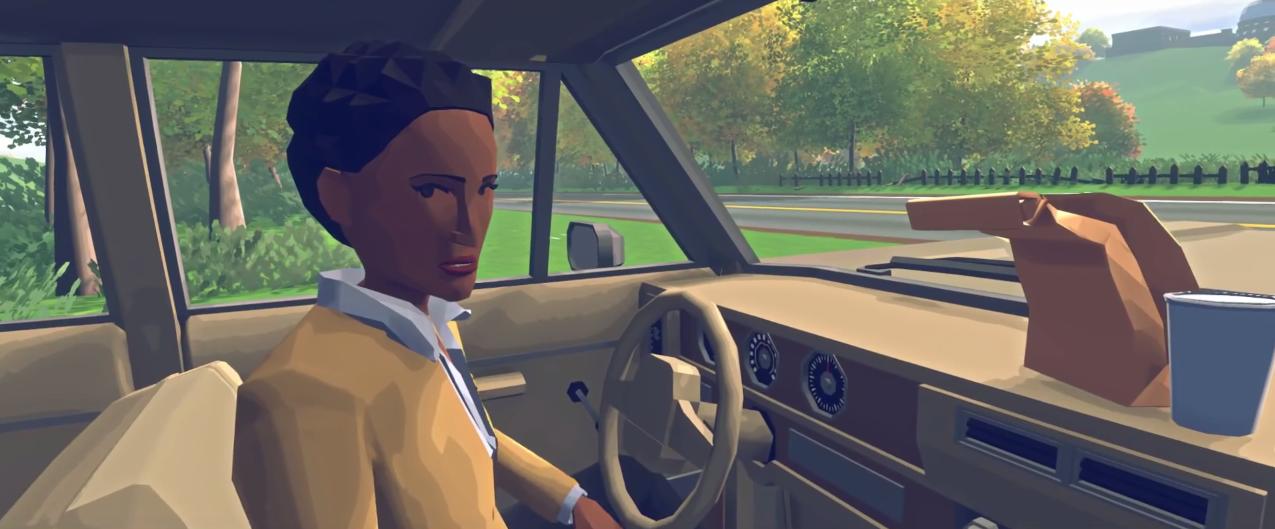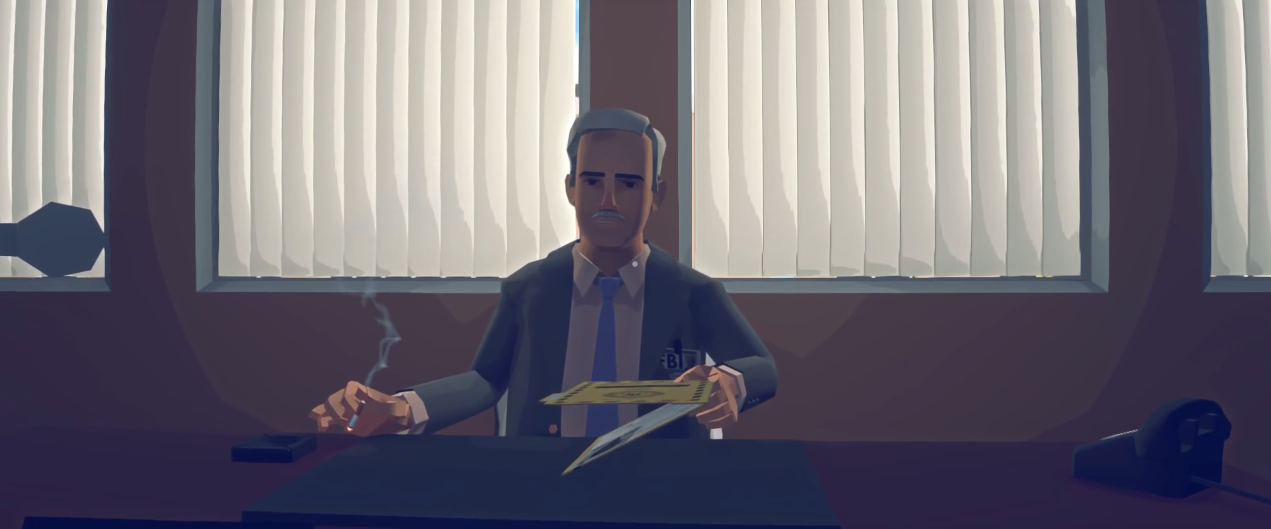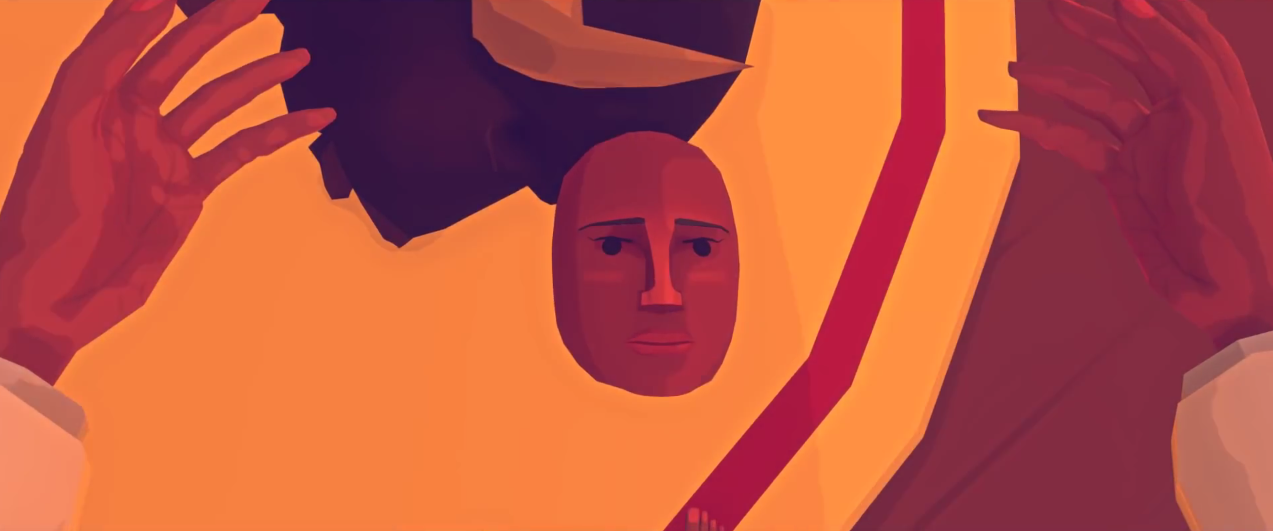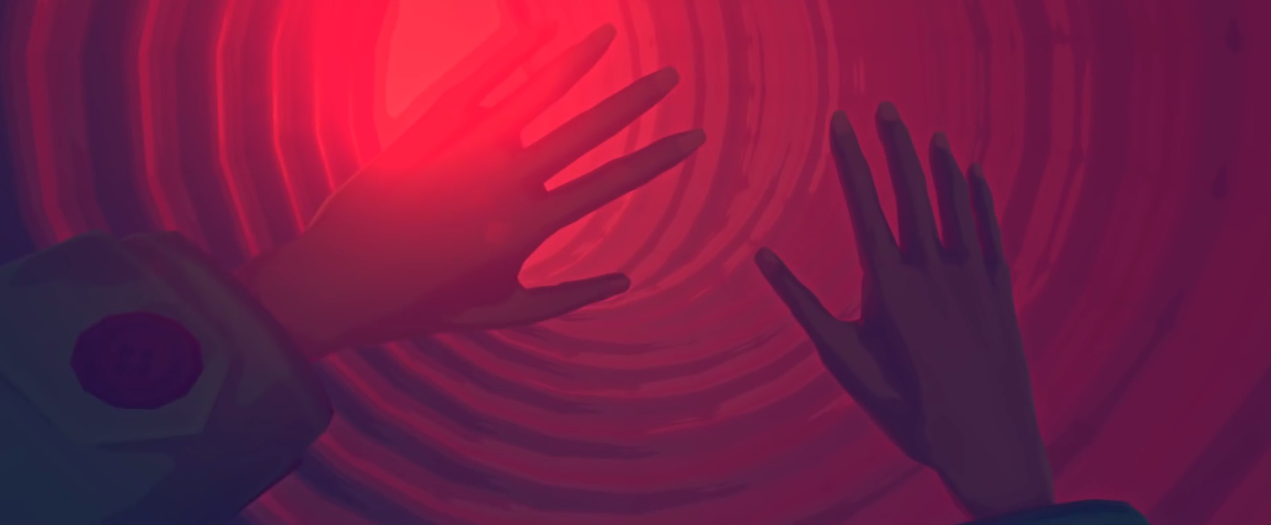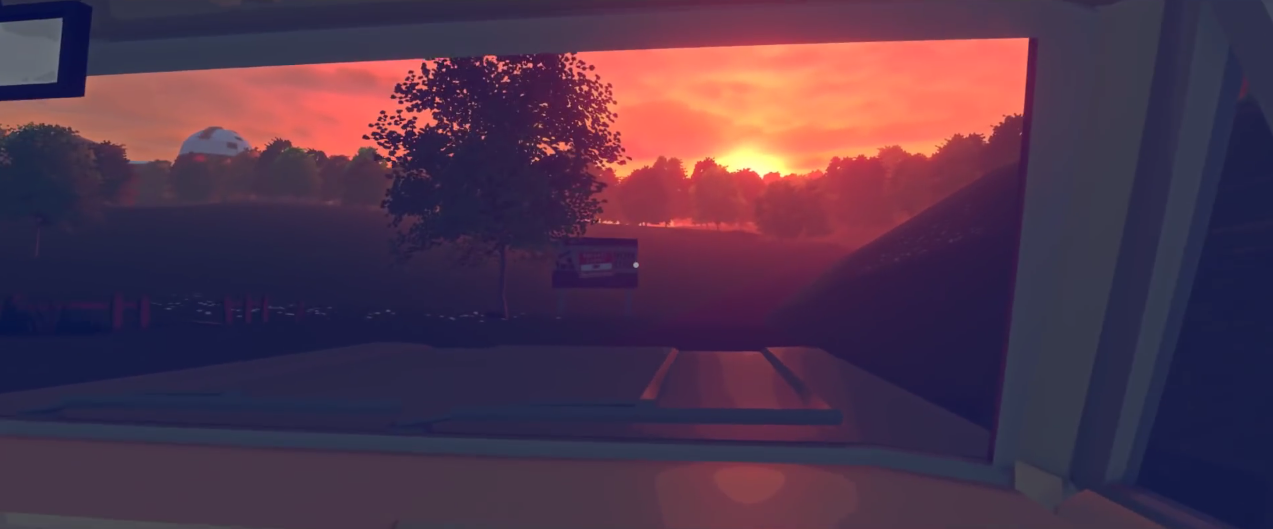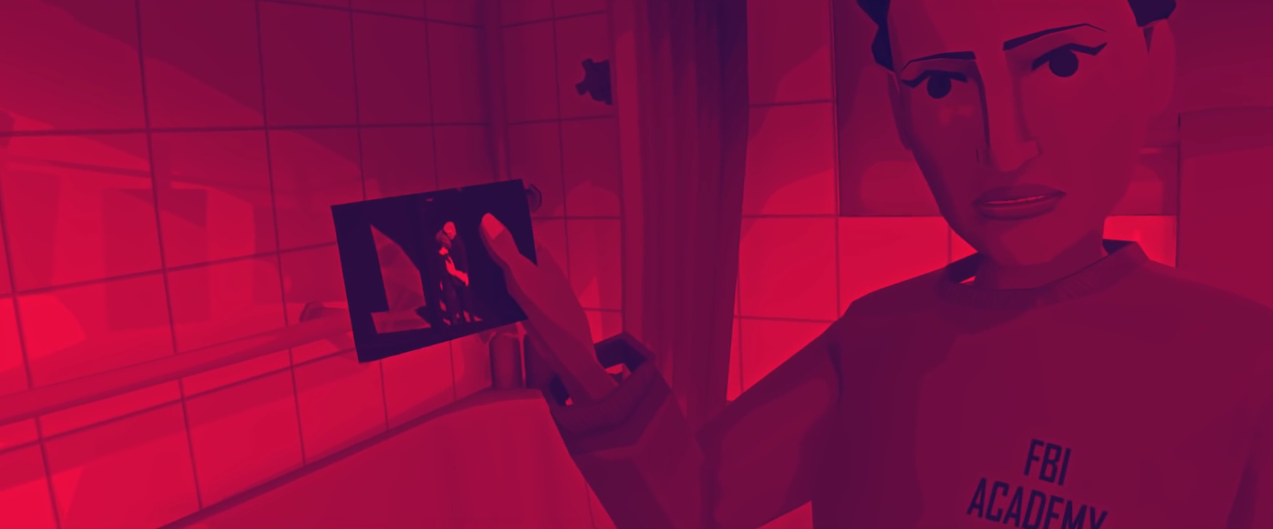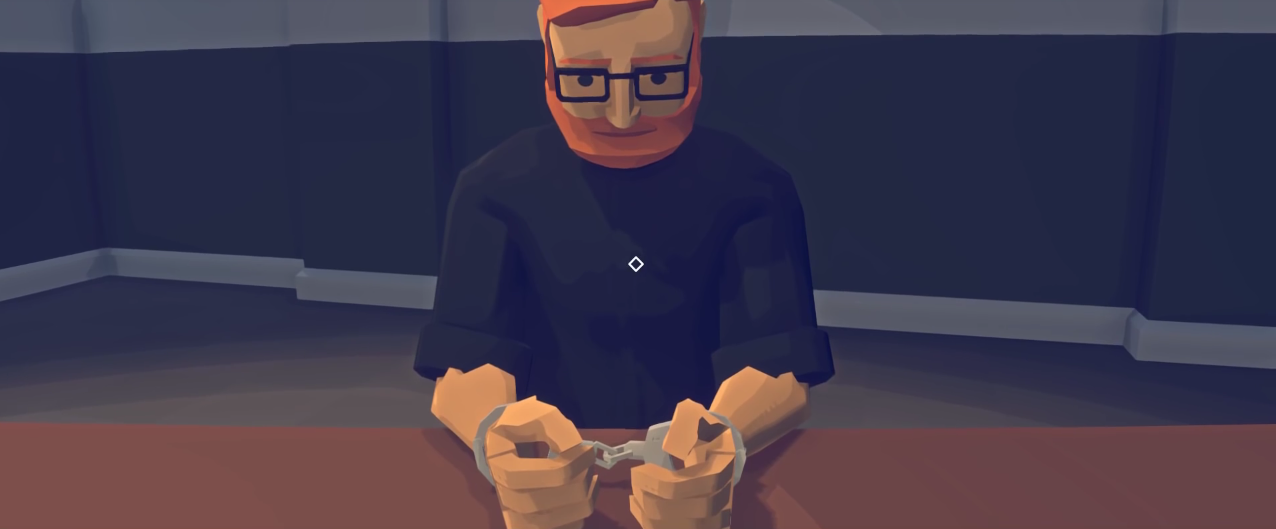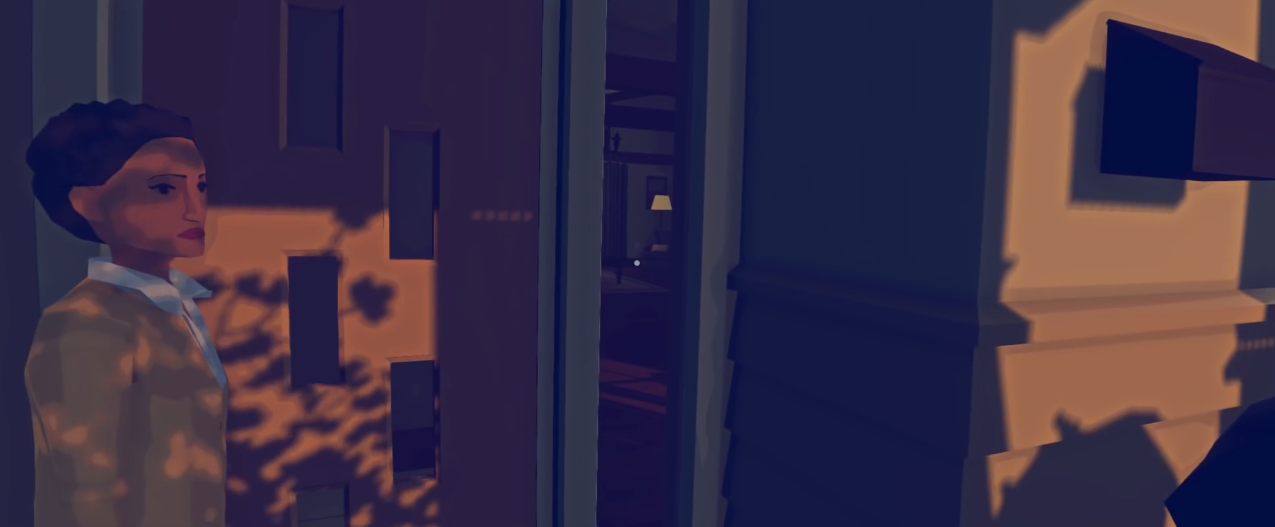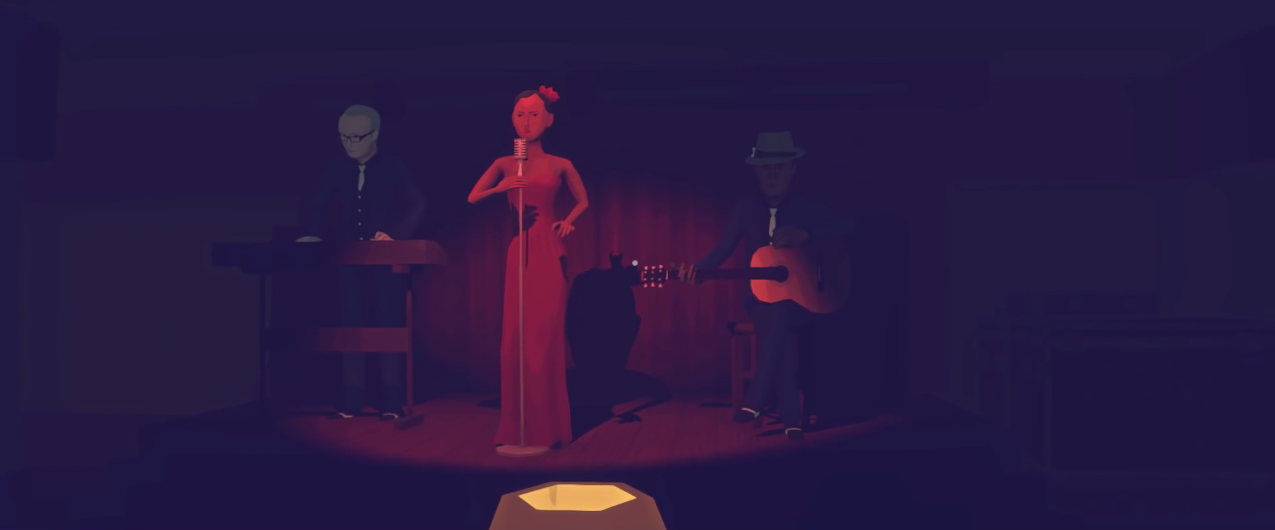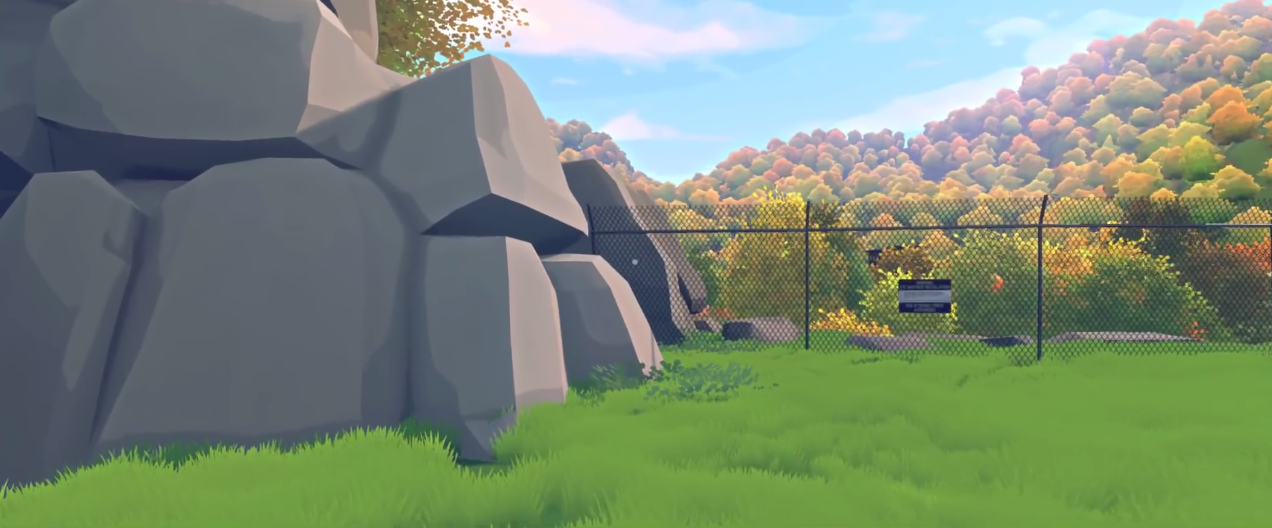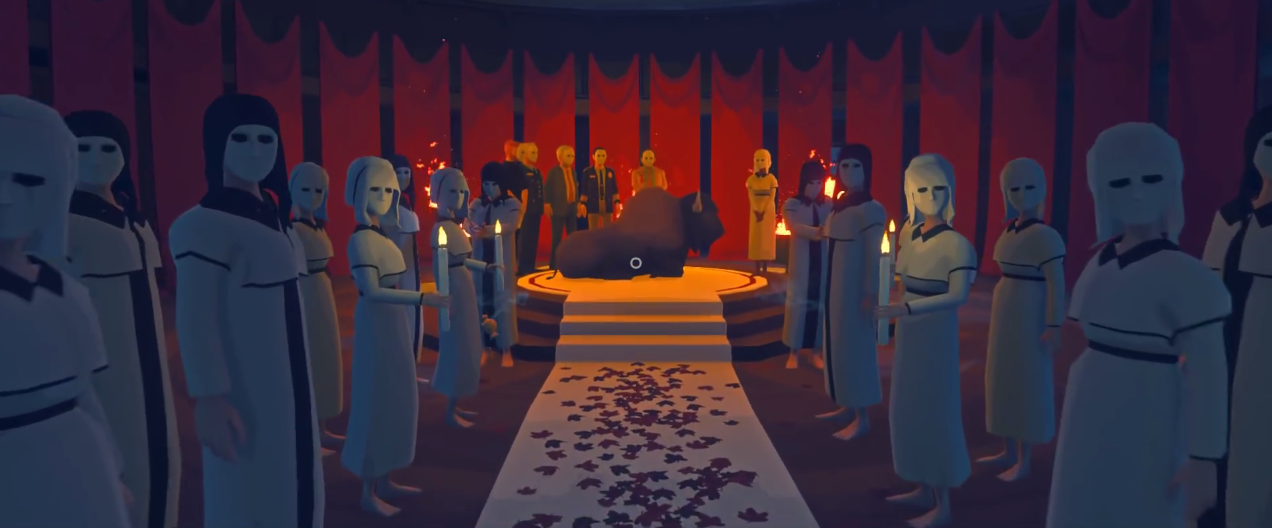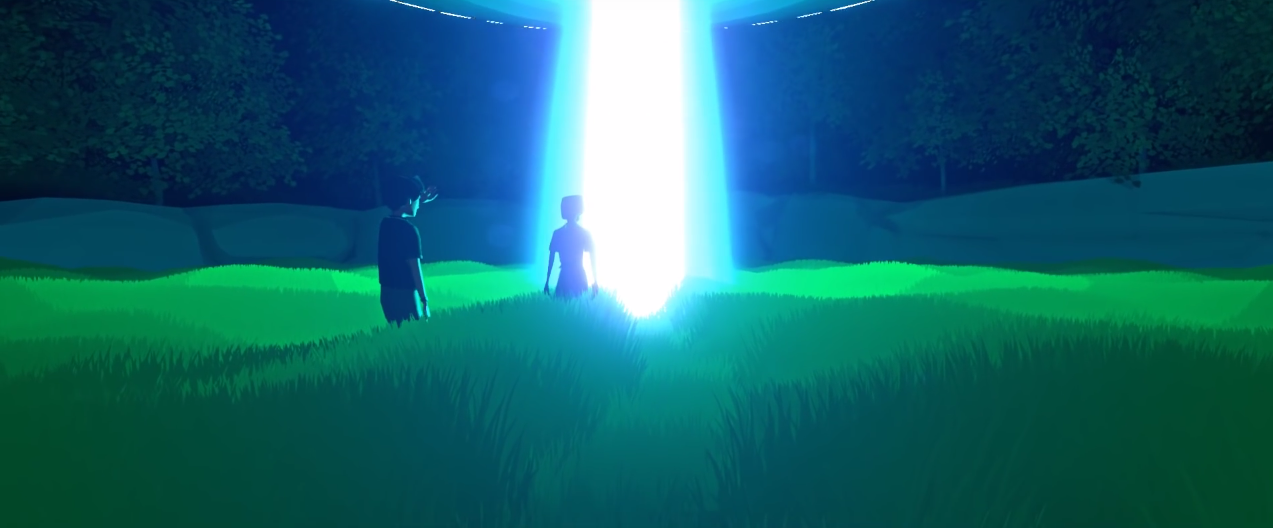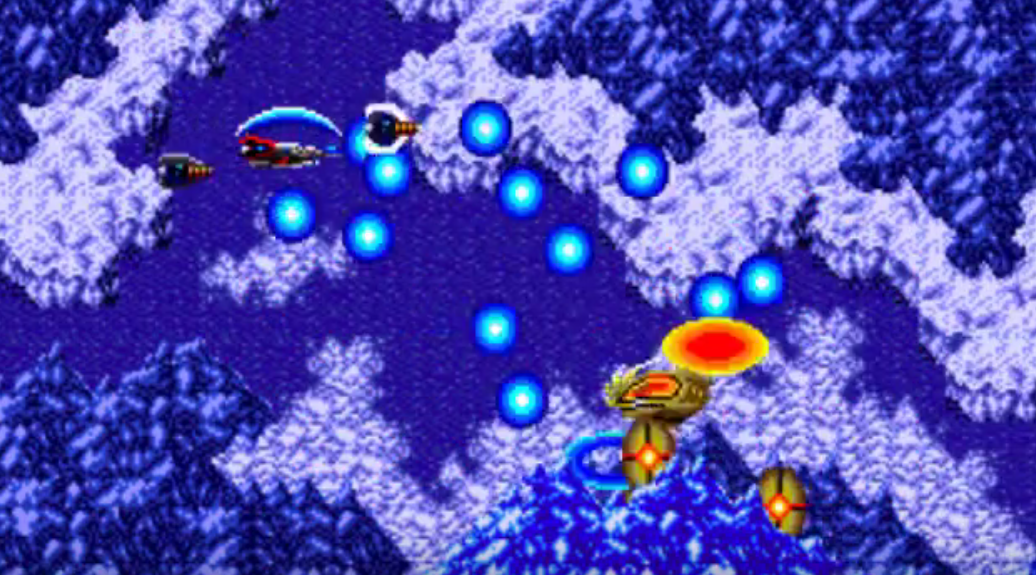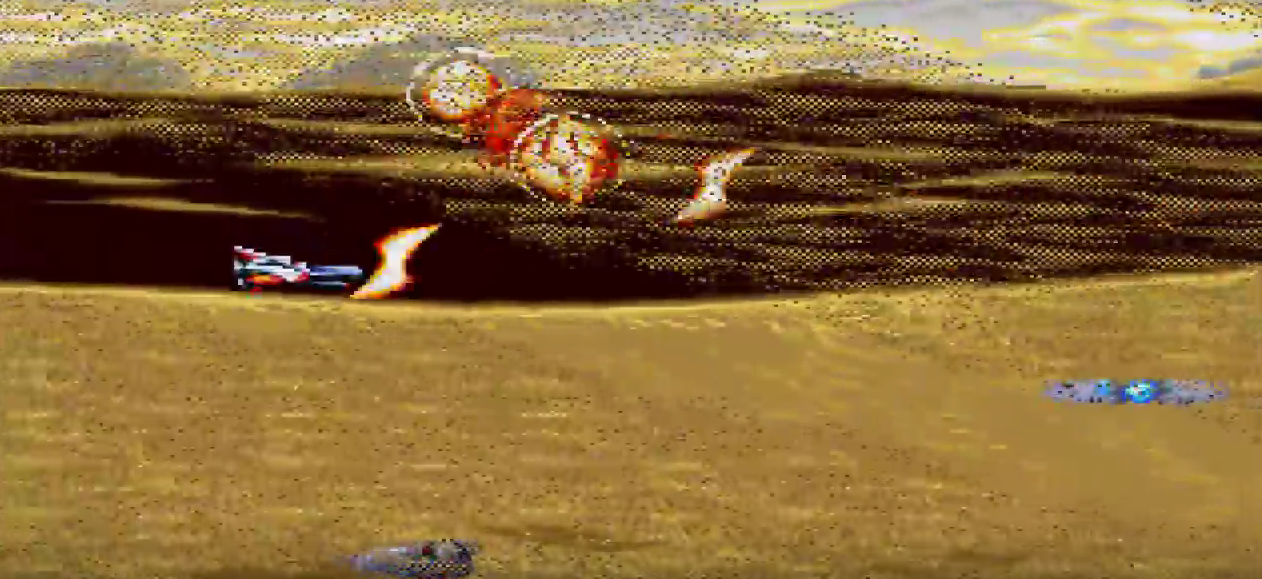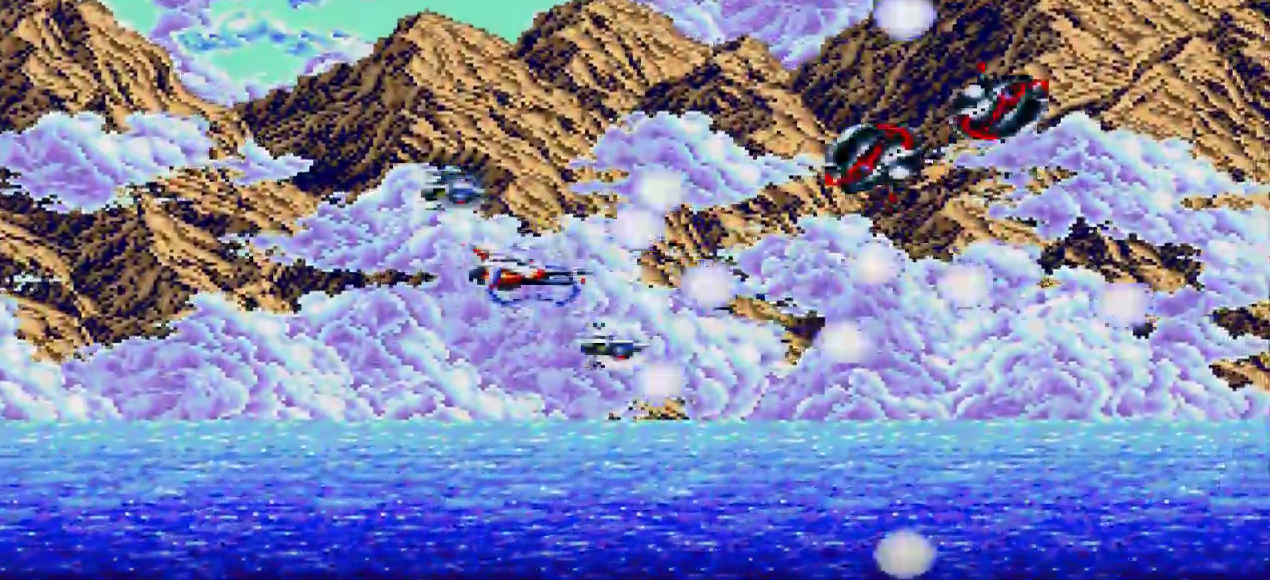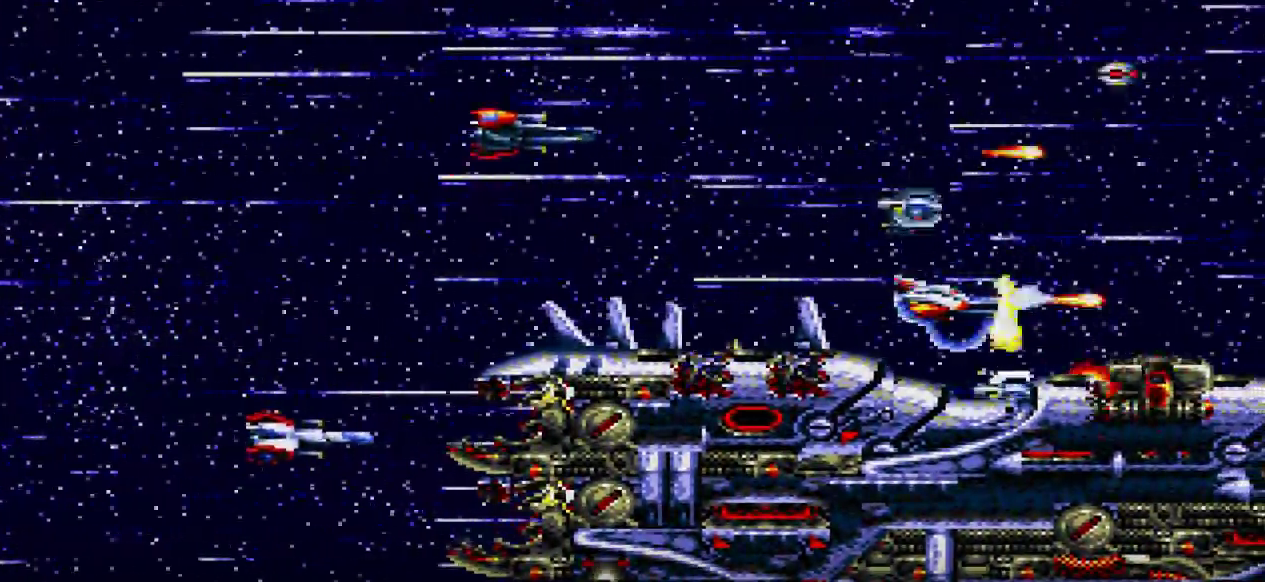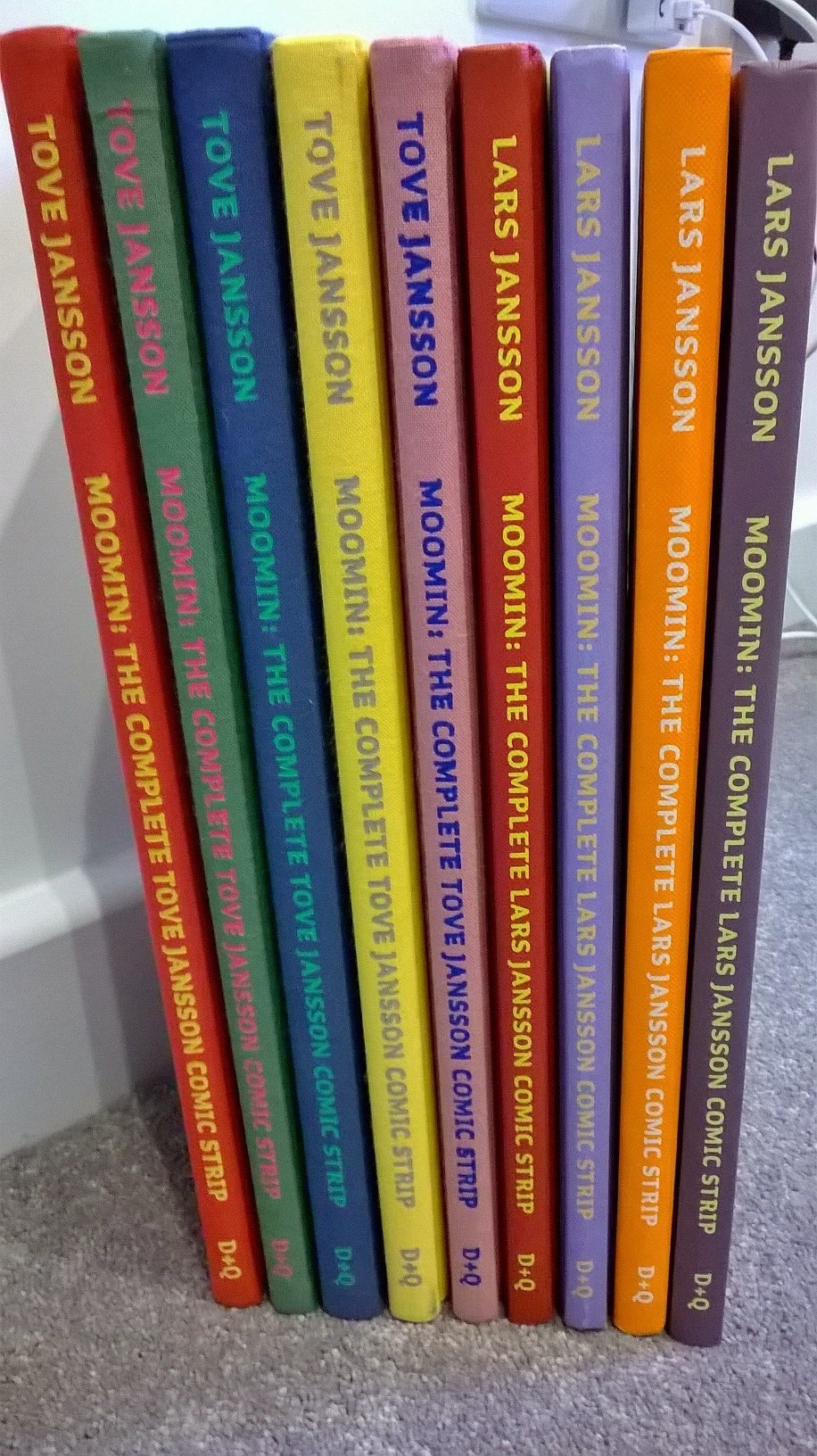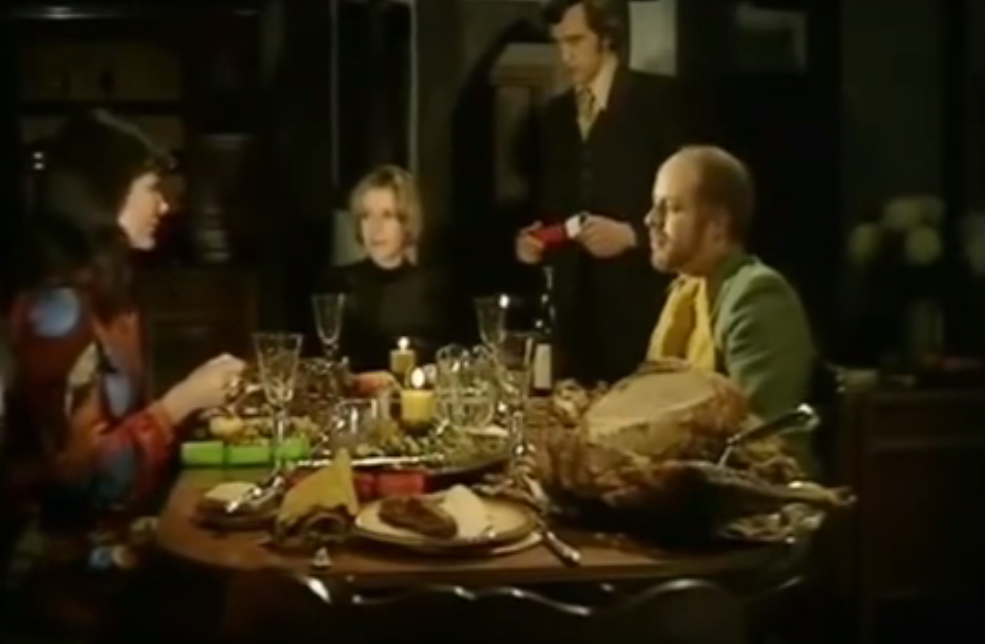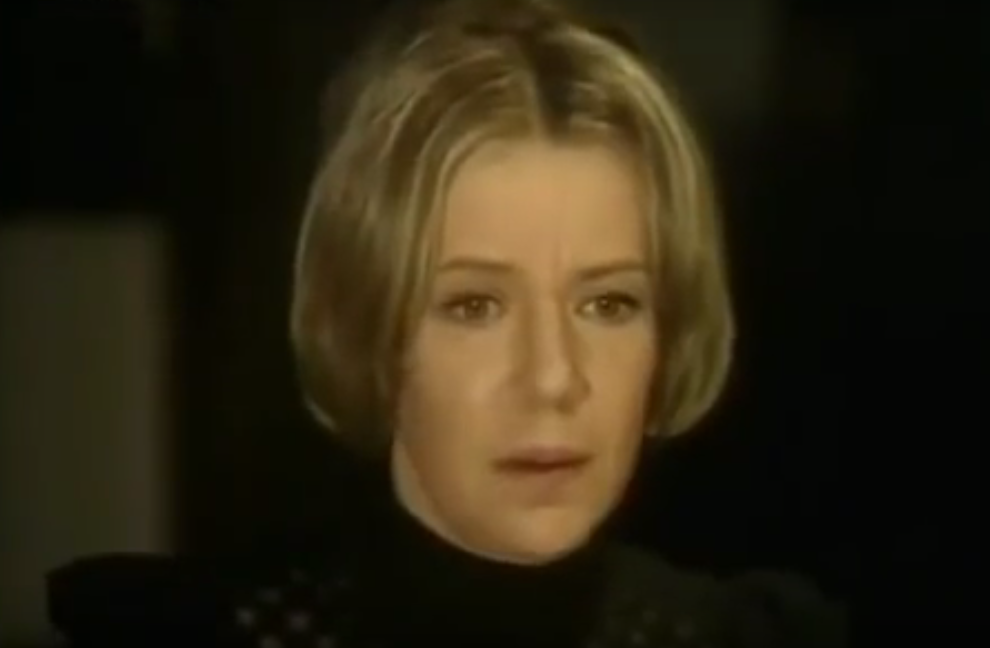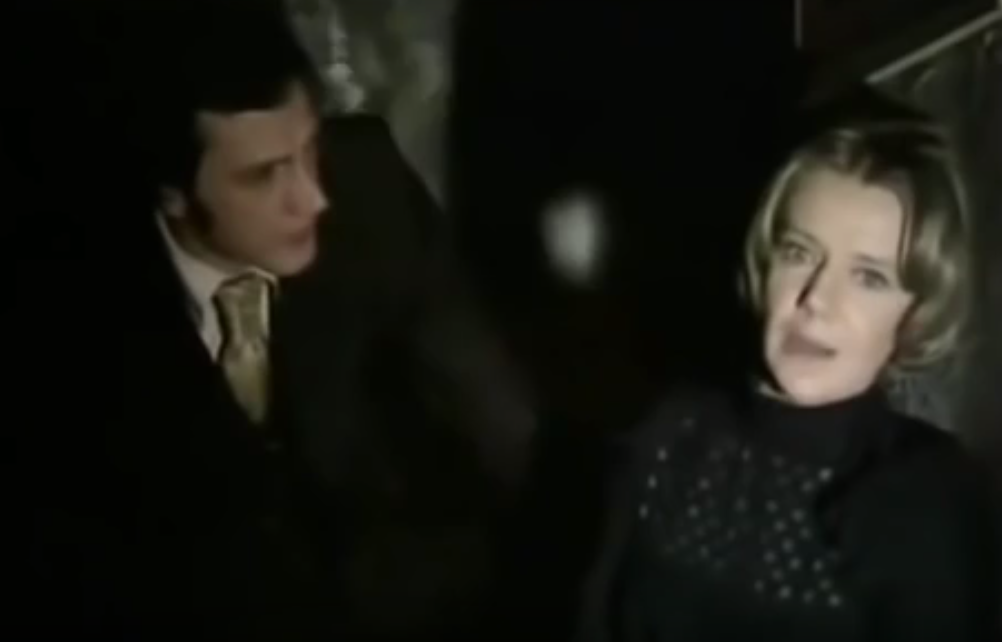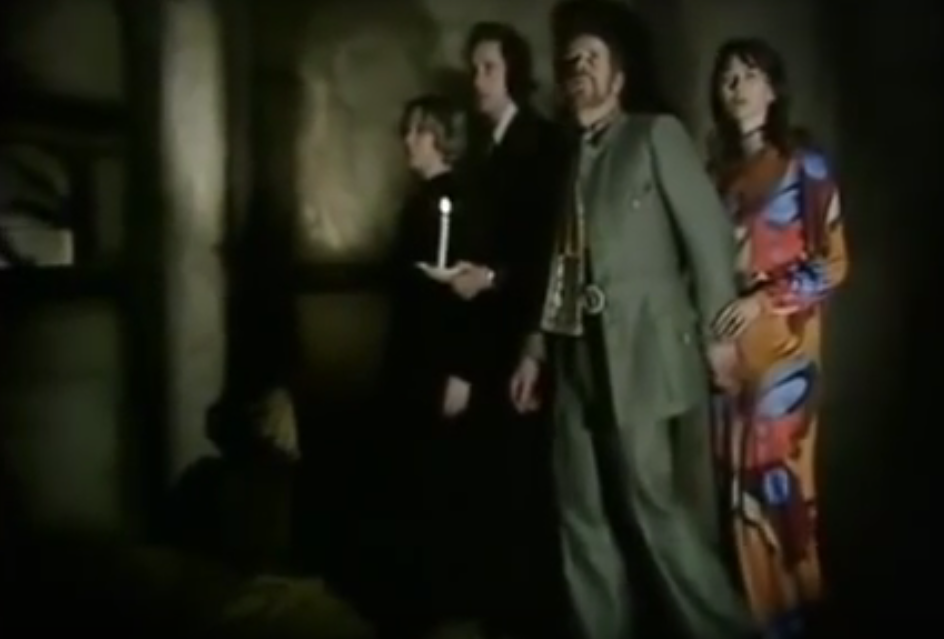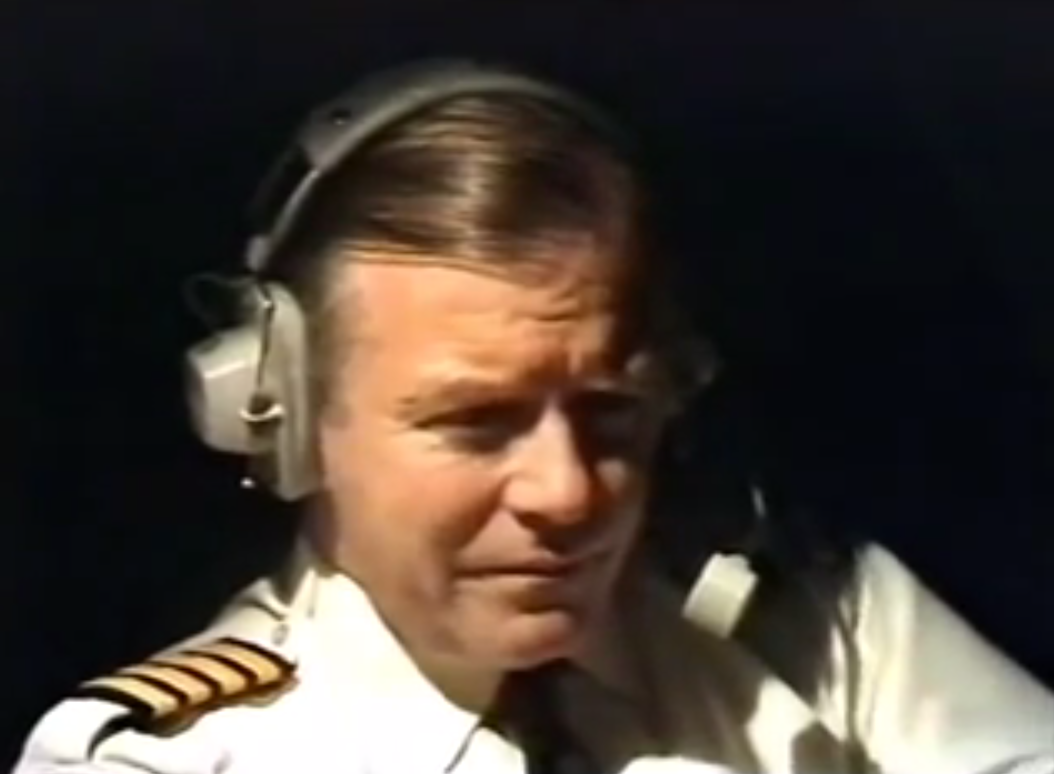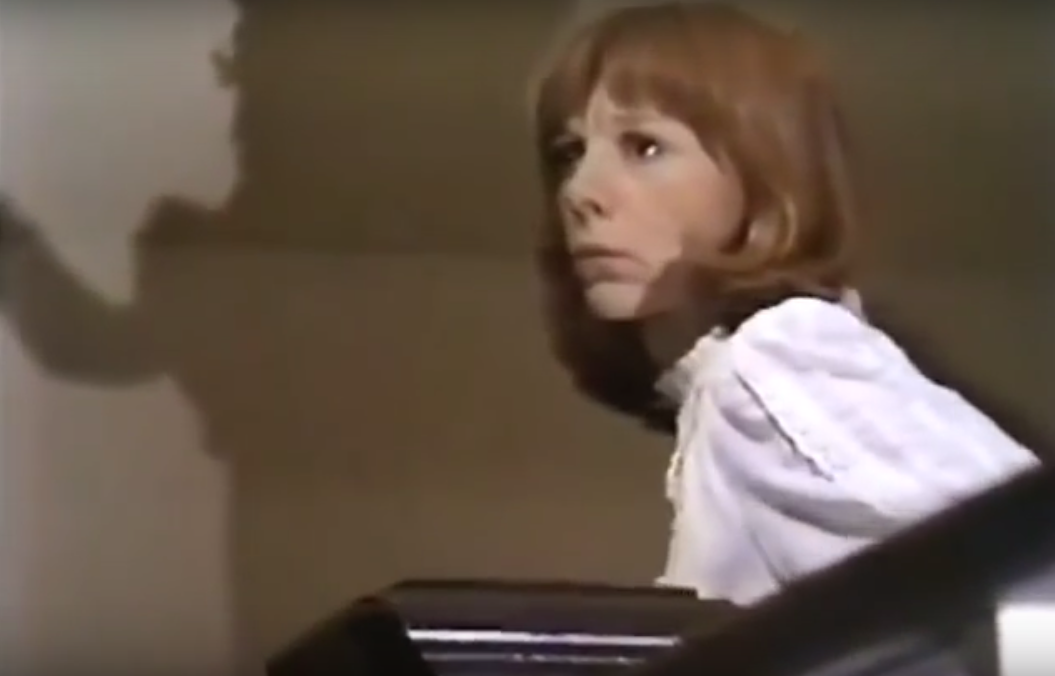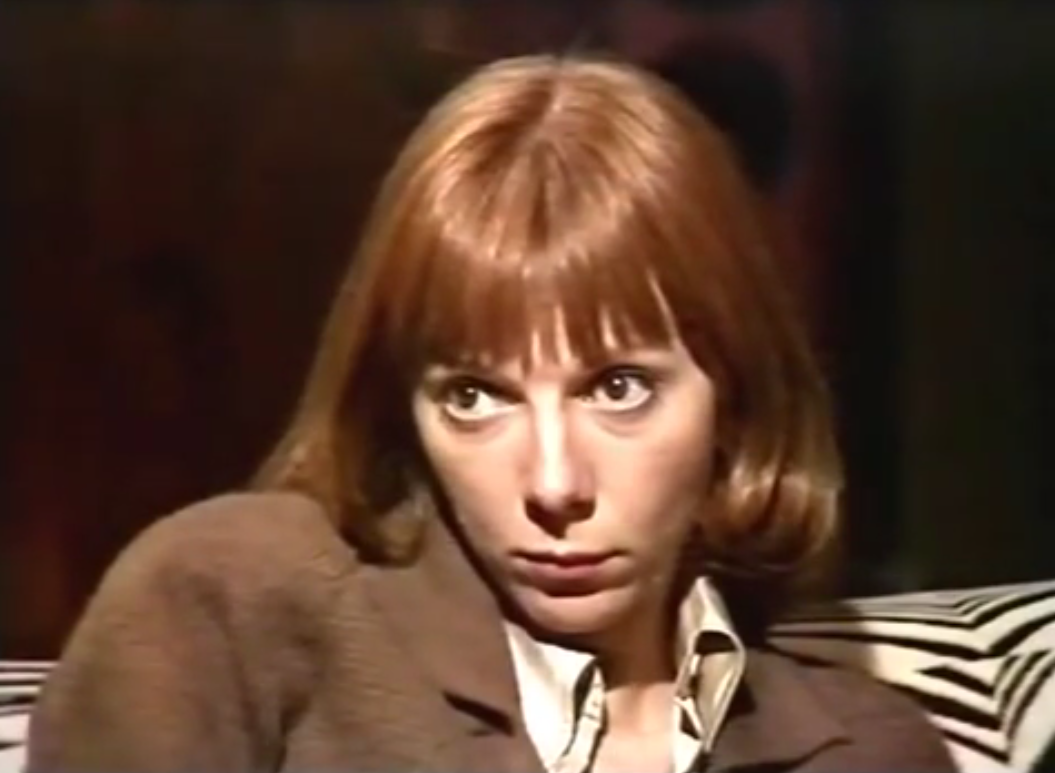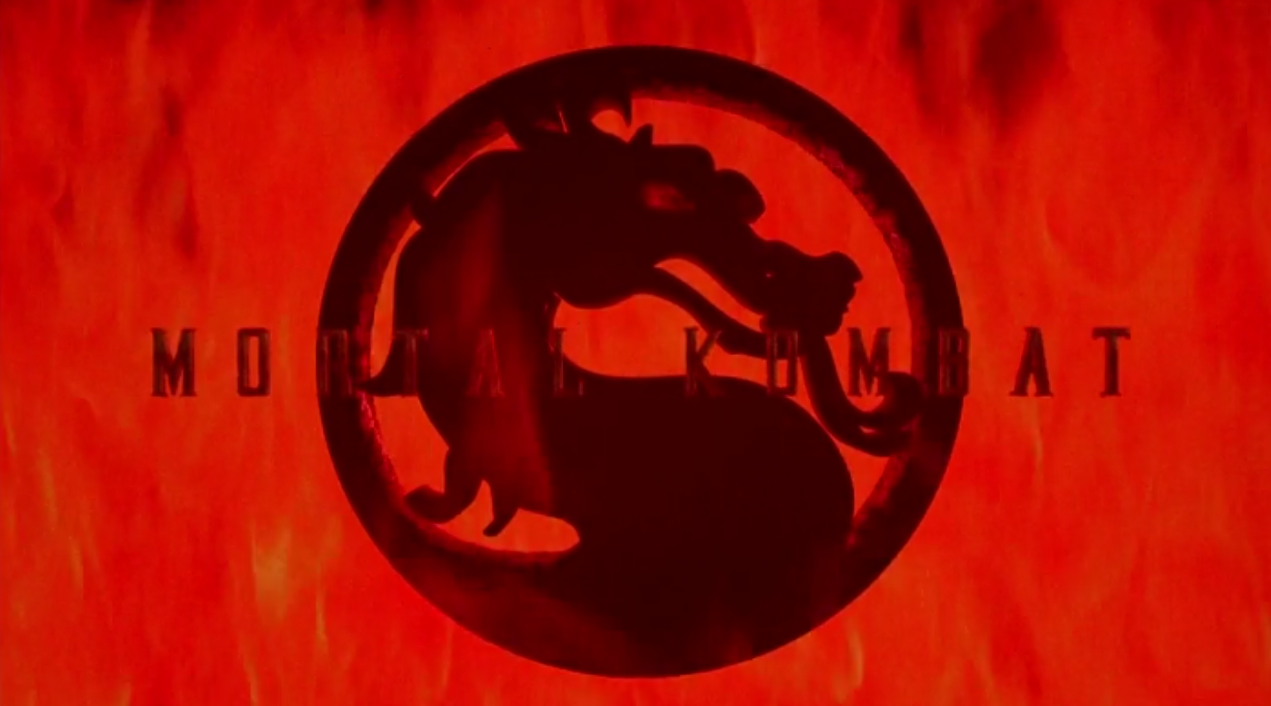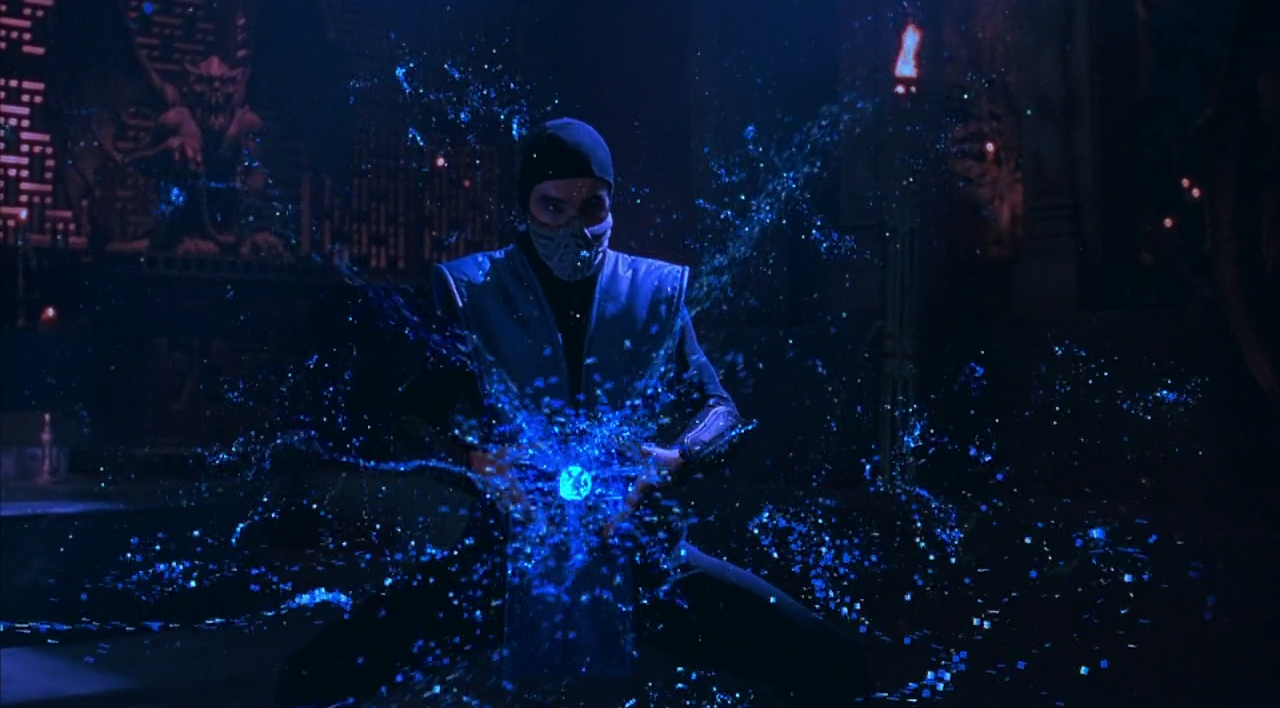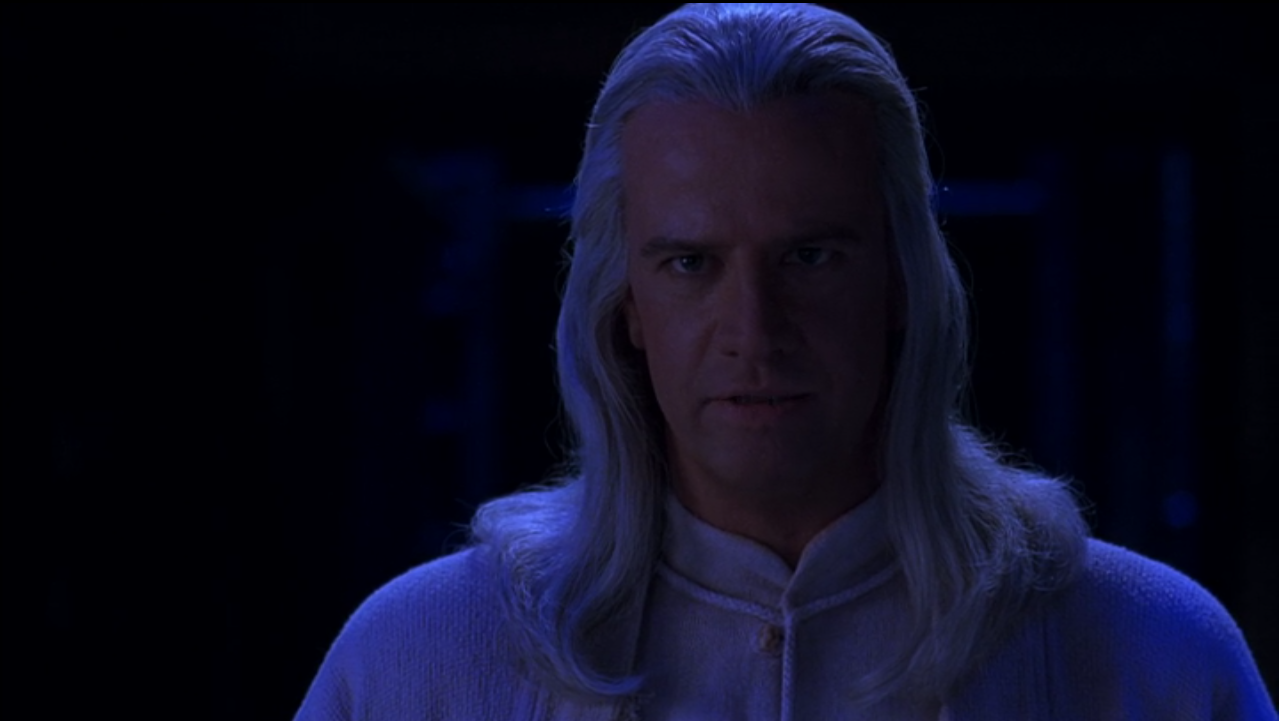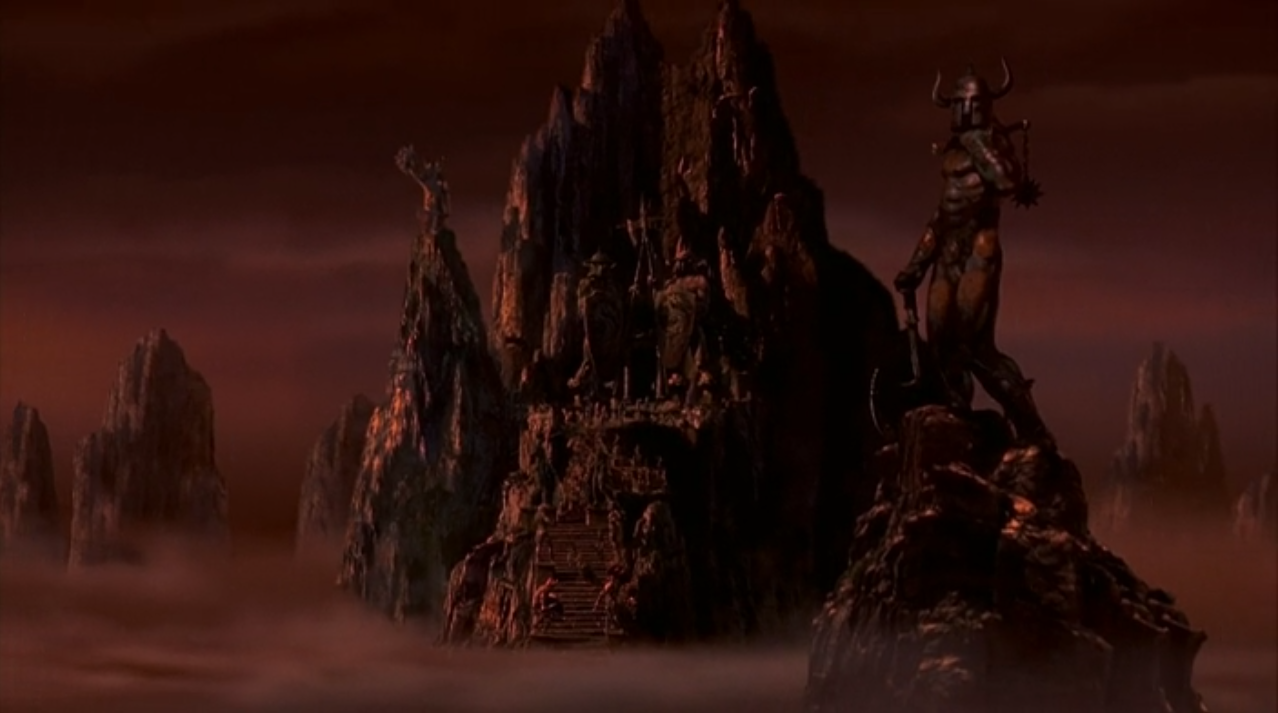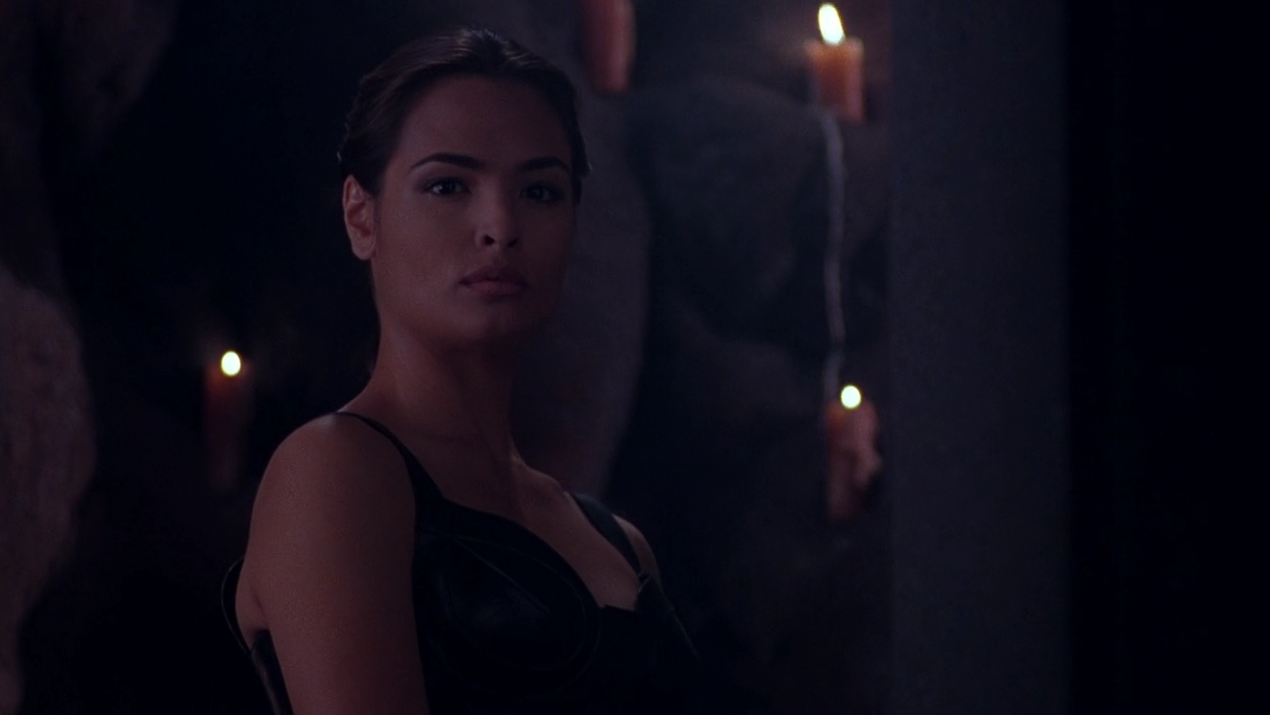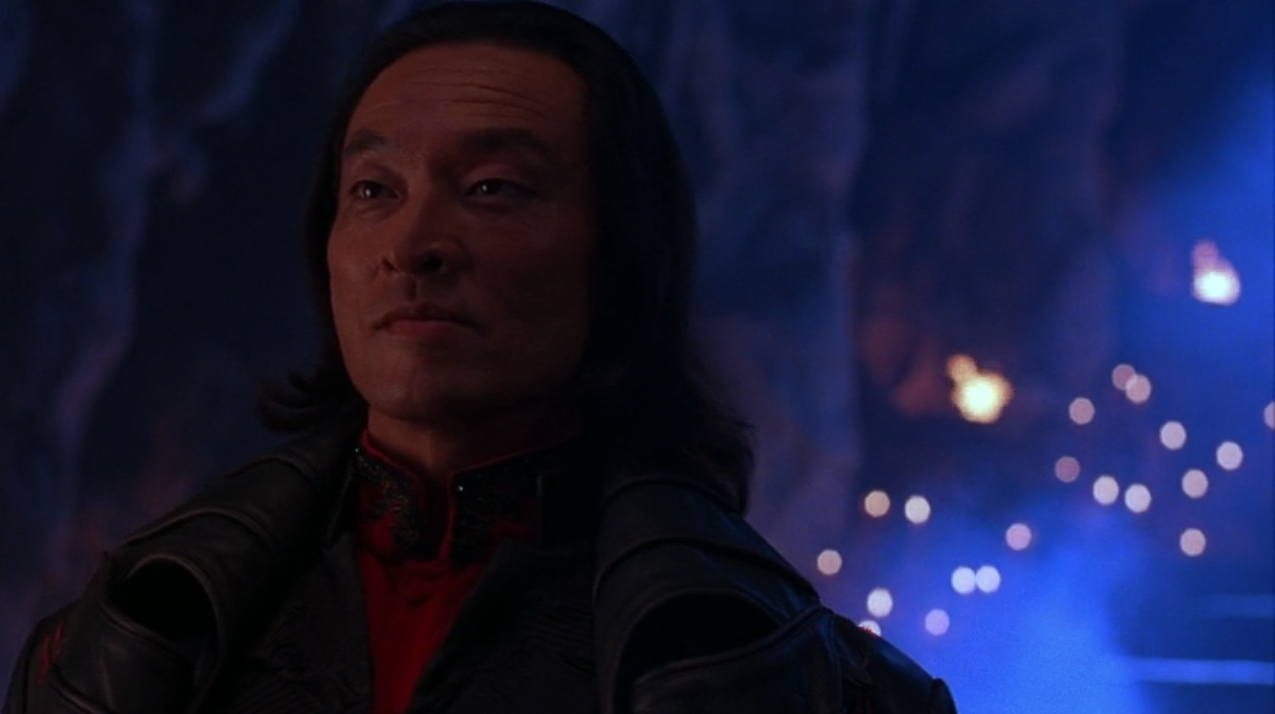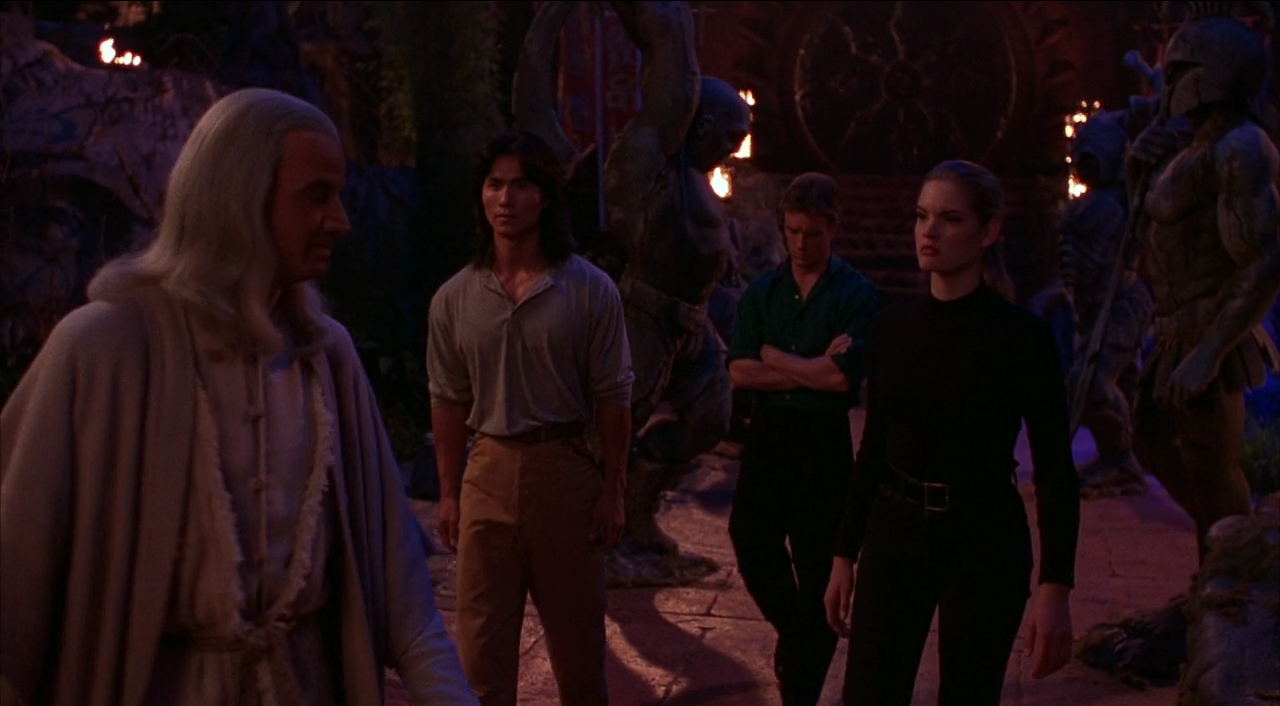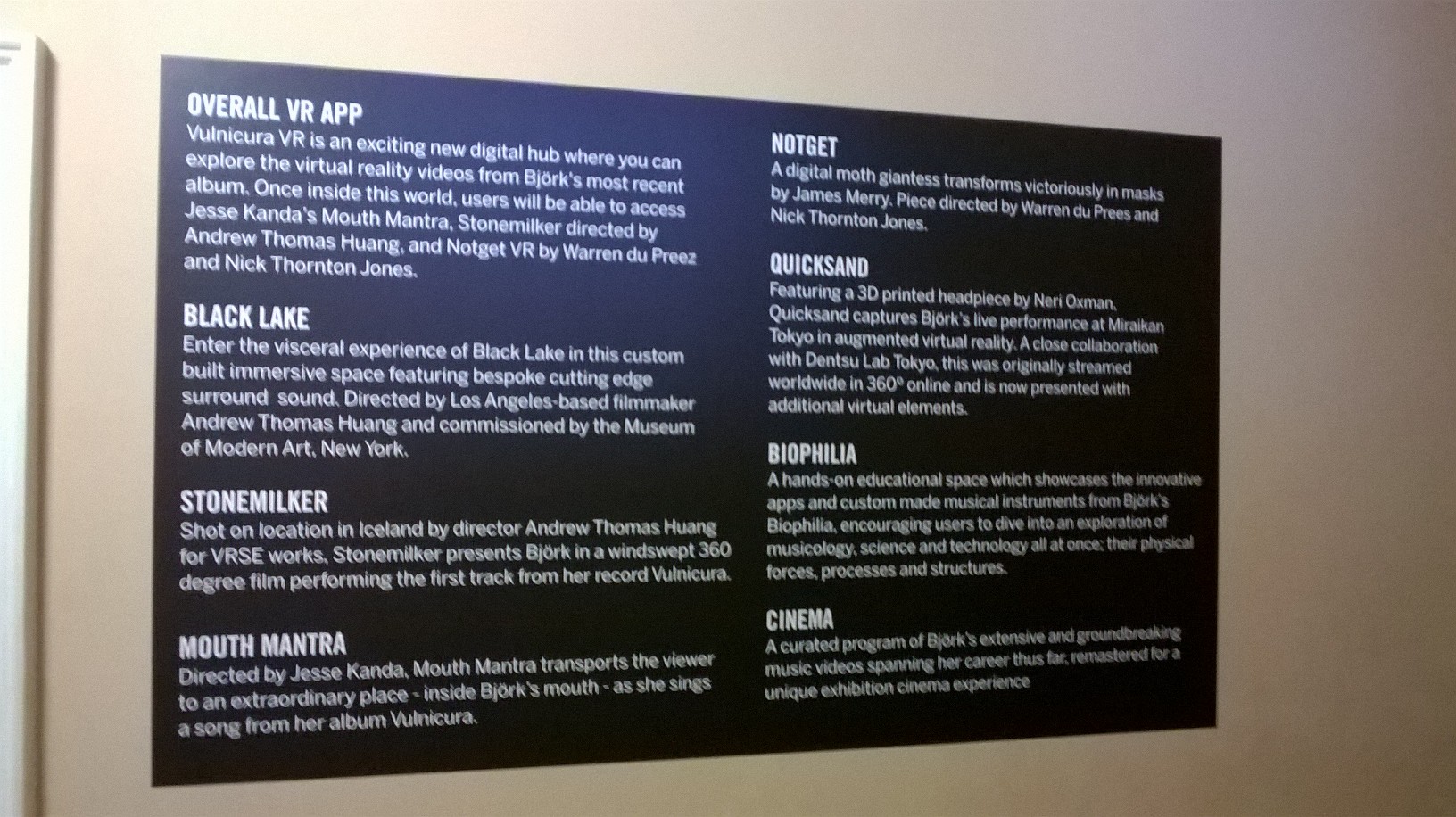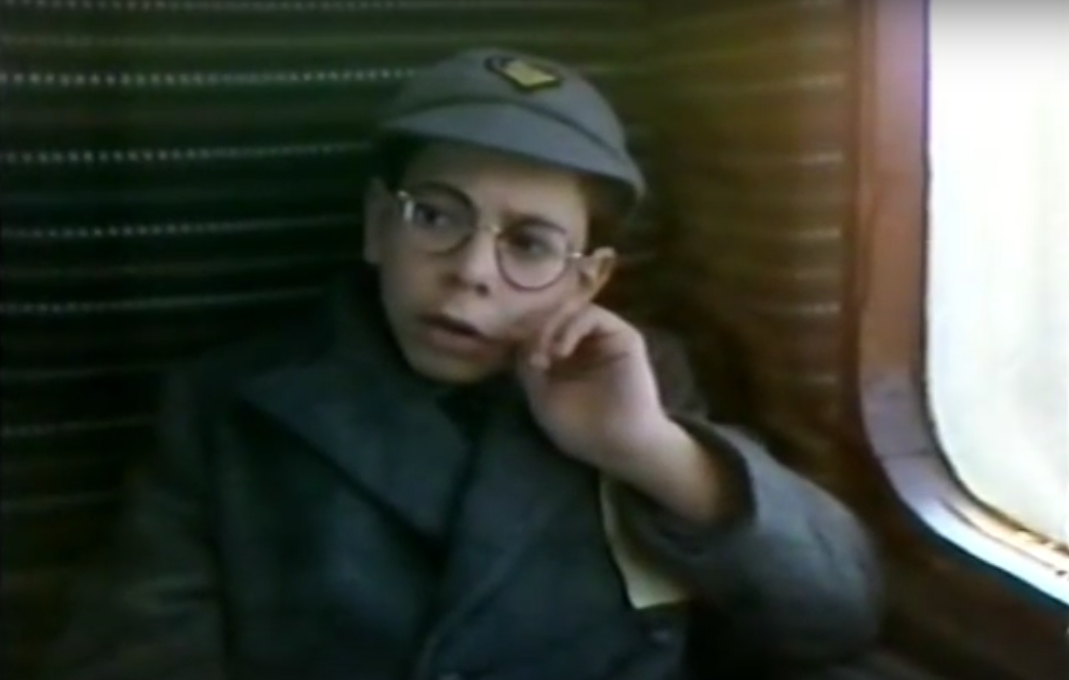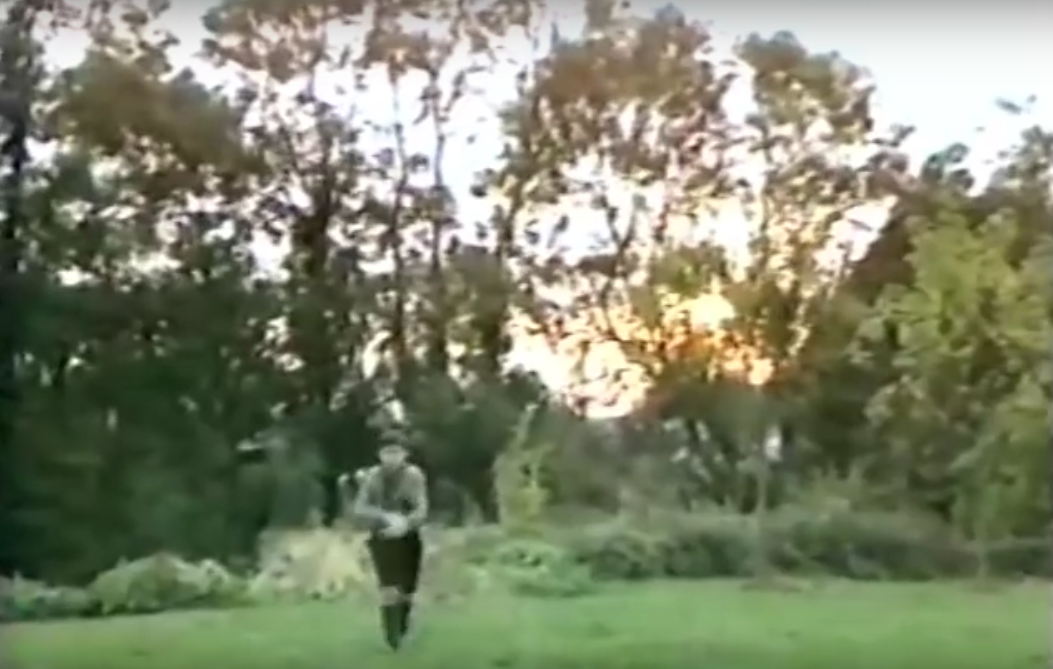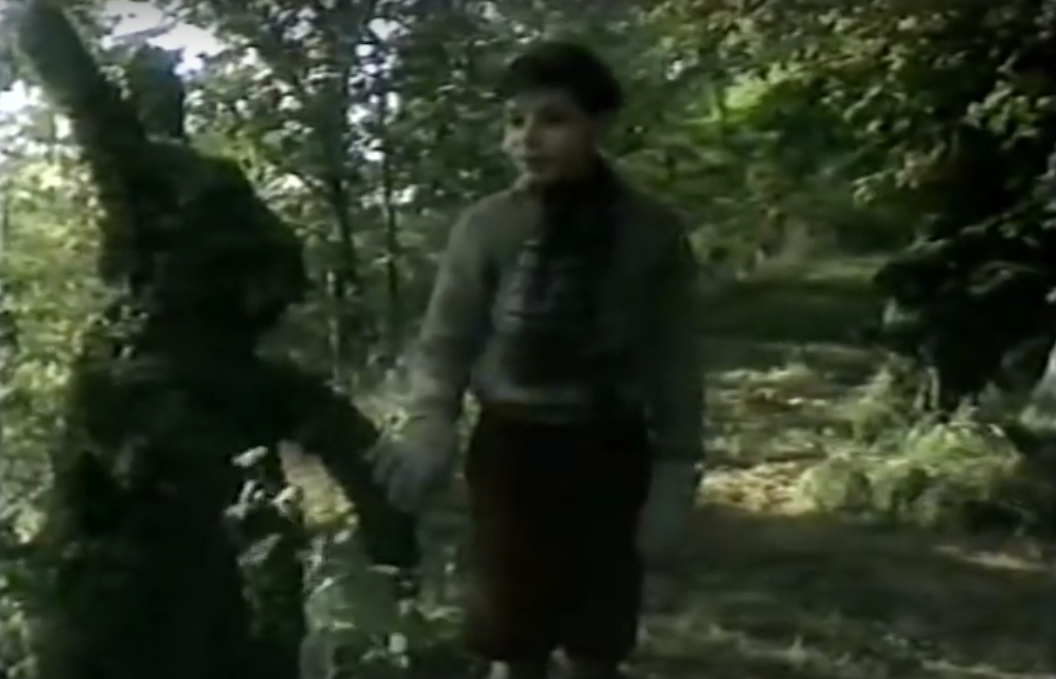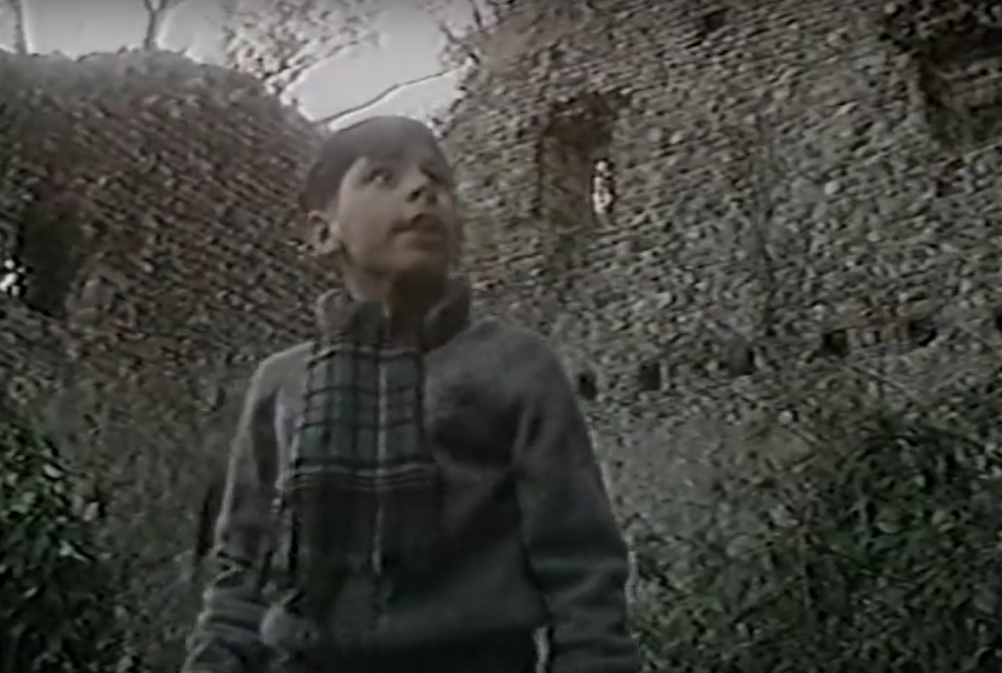One of the perks of being old, and there are only a few that balance out the failing health, mortgage payments, the 'man' getting you down etc, is to be able to look back and recall fondly on what has gone before. No I don't mean in the 'Only 80's Kids Will Remember This' type of thing but rather really recall things.
I have had the privilege of living through the most exciting time in computing history. I was there when the British microcomputers emerged, thrived, then gave way to the Nintendo and Sega 8 and 16-bit console wars. I was there when the future seemed to be in FMV gaming (Hi Night Trap, I'm looking at you) and I was there when disc based gaming blew open the possibilities of what games could look and sound like.
Night Trap looked to be bring a new maturity to gaming- it didn't do very well.
When choosing an aesthetic for TheDeadPixels, which I started 4 years ago, I selected a predominately 8 and 16 bit look as these was the most formative years of my gaming when I was aged between 8 to 15.
People often ask me if I still play retro games and my honest answer is yes, not as often as Id like to as being a father and running a house takes up a lot of my time, but whenever I'm between modern games I often go back to revisit old classics, often to fill myself with the glow of nostalgia or to beat games I didn't have a chance to in my youth, either due to not being good enough or simply by not owning it.
Recently I've been working through my gaming bucket list, a list of video game achievements I'd like to fulfill before I die. This list is due in part due to my tendency to be a completist or to feel like I really have enjoyed all the best that the medium has to offer.
I went to PLAY Expo Margate and fulfilled a couple of my dreams by playing Tempest 2000 on the Jaguar and Musha on the Megadrive 3. This got me thinking as to what else I'd like to achieve in my time on this mortal plain and this list is what followed:
- Complete Rainbow Islands on the Amstrad CPC 464- I got near the end when I was 11 in 1992 but never finished it.
This game is very hard to complete, even though it looks all cutesy and sweet it has a rock hard heart!
- Finish a Dragon Quest game as they are a big deal in Japan.
- Play Final Fantasy 5 and complete IX. I have completed FFIV, VI, VII and VIII and own IX but haven't completed it. I haven't ever seen a FF V cart in the wild and I'll be darned if I play the iOS version!
- Play any Football Manager. I feel that as a Brit I'm letting the side down by not getting on this most British of institutions.
- Complete Majora's Mask. I completed Ocarina of Time and it is my favourite game of all time but I only played Majora's Mask briefly (I own the cart), moving onto the PS 1 at the time.
- Complete Monkey Island 1 and 2 as they are a big deal. On iOS I recently completed other classic point and click adventure games such as Beneath a Steel Sky, Broken Sword 1, 2 and 5 but having bought the first two Monkey Islands on iOS I haven't got around to finishing them.
- Complete Persona 3 and 4. I own both and have poured about 30 hours into them but this is Persona and over 100 hours are needed for each game. Who has time for that?
- Play Skyrim. I bought it years ago and just never got around to it. I find I'd rather play games with a finite amount and feel like I'm making progress.
- Complete Fallout 3. I bought this a few weeks after it came out and after 5 hours gave up, the pace is deliberately slow and world building but I want progress darn it!
- Play the Zelda Philips CDi games even though they are supposed to be terrible!
The Zelda CDi games are supposed to be terrible but I'd like to play them!
- Complete all the Metal Gear Solid games. I've played a bit of 1 and Peacewalker but that's about it. I really should rectify this tout-suite!
- Complete Super Mario World. I have it and was working through it recently but with the housing renovations being done I had to move out and left my RetroN5 at home. It still awaits my return!
- Complete Streets of Rage 3. I've finished 1 and 2 plenty of times but played 3 briefly at a retro games centre as I never owned it due to it being really expensive at the time and it coming out right at the end of the Megadrives life span.
- Complete any original Megaman game and Megaman X. I didn't own a Super Nintendo as a kid so never played X but I did play the first two Megaman games around a mates house and 9 on the Wii when it came out a few years ago. They were brutal but I'd like to revisit and complete them.
- Play Thunderforce 5 as I completed 3 and 4 on the Megadrive and thought they were brilliant.
- Complete Okami-den. I loved Okami on the PS2 and completed it. I also purchased it for the Wii as I though the motion controls would enhance the game further. Okamu-den was a rare DS game and I only managed to buy it recently at the London Retro Gaming Expo. It's the game I'm currently working through.
- Complete Zelda on the SNES. I completed Links Awakening and Oracles of Ages and Seasons as I had a Gameboy and whilst I have played up to the forth dungeon in ALTTP I haven't completed the game.
- Complete Castlevania: SOTN and Super Metroid. I love both these series and have complete Metroid Prime 1 and 3 (I didn't taken to 2 with the Dark World mechanic) and I have completed Castlevania: Lords of Shadow and Super Castlevania but I haven't played what is widely considered the high watermarks of the Metroidvania genre.
- Complete Wonderboy IV. I loved the Wonderboy game in the arcades and on my Amstrad but the high point was Wonderboy 3: The Dragons Trap. It was the jewel in the Master System crown and I felt a huge sense of accomplishment when I completed it. I bough the Monster World pack via Xbox Marketplace but haven't put much hours into 4, I feel I need to do this as its supposed to be amazing and was unavailable for a long time in England.
I'm not even sure that this was released in the UK but boy does it look wonderful.
- Complete Mario 64. I played it lots but never got all the secret stars.
- Play Panzer Dragoon Saga. I loved Orta on the Xbox but heard that this was much better.
Panzer Dragoon Saga fetches a pretty penny nowadays.
That's pretty much my bucket list. As I work through these I'll highlight these in red and date when they were accomplished. As well as playing current games, being a father and doing my day job this is a pretty comprehensive list of things I'd like to achieve in my life. Let's see how many I can do Give me your gaming bucket list in the comments section below


